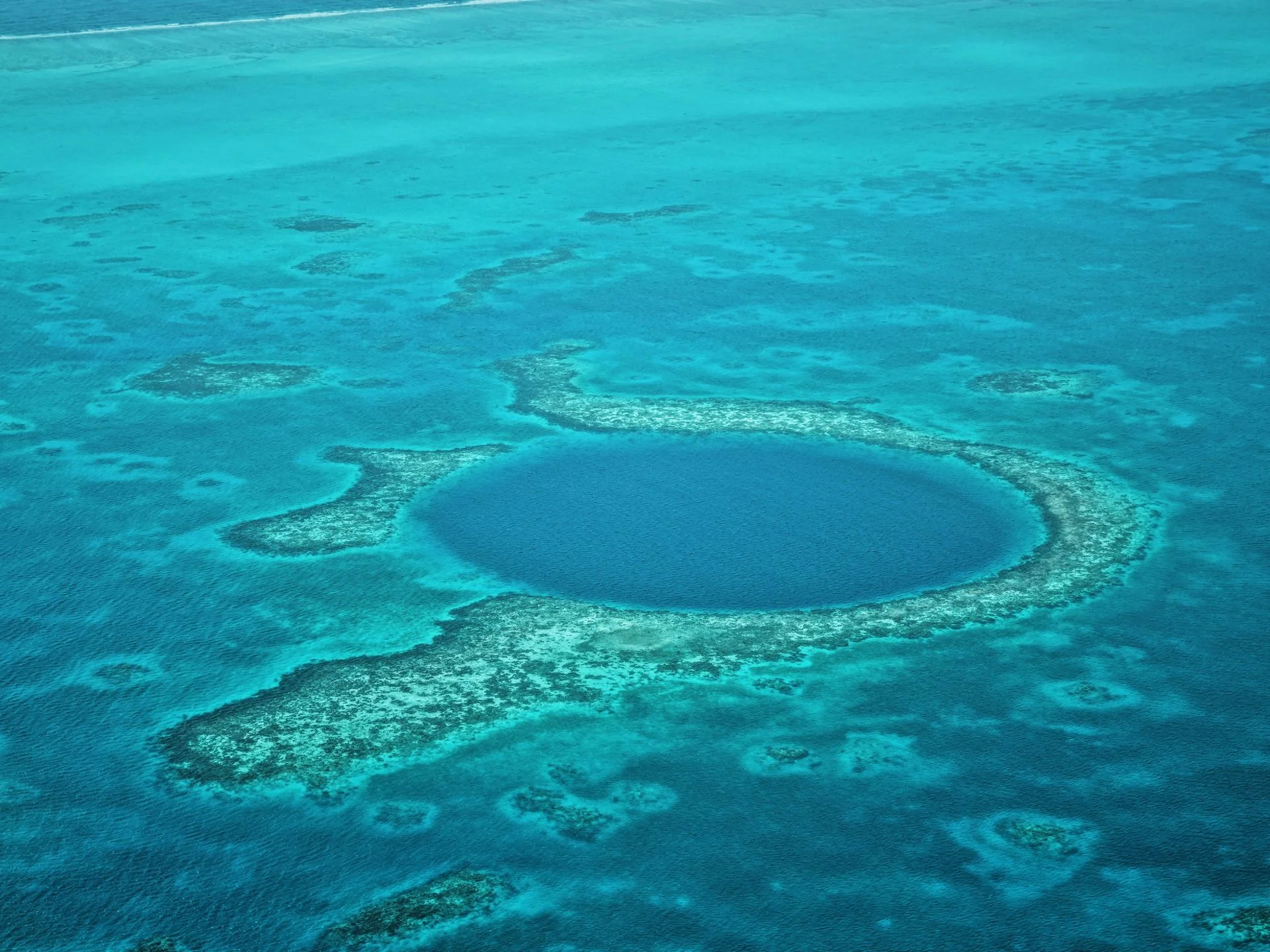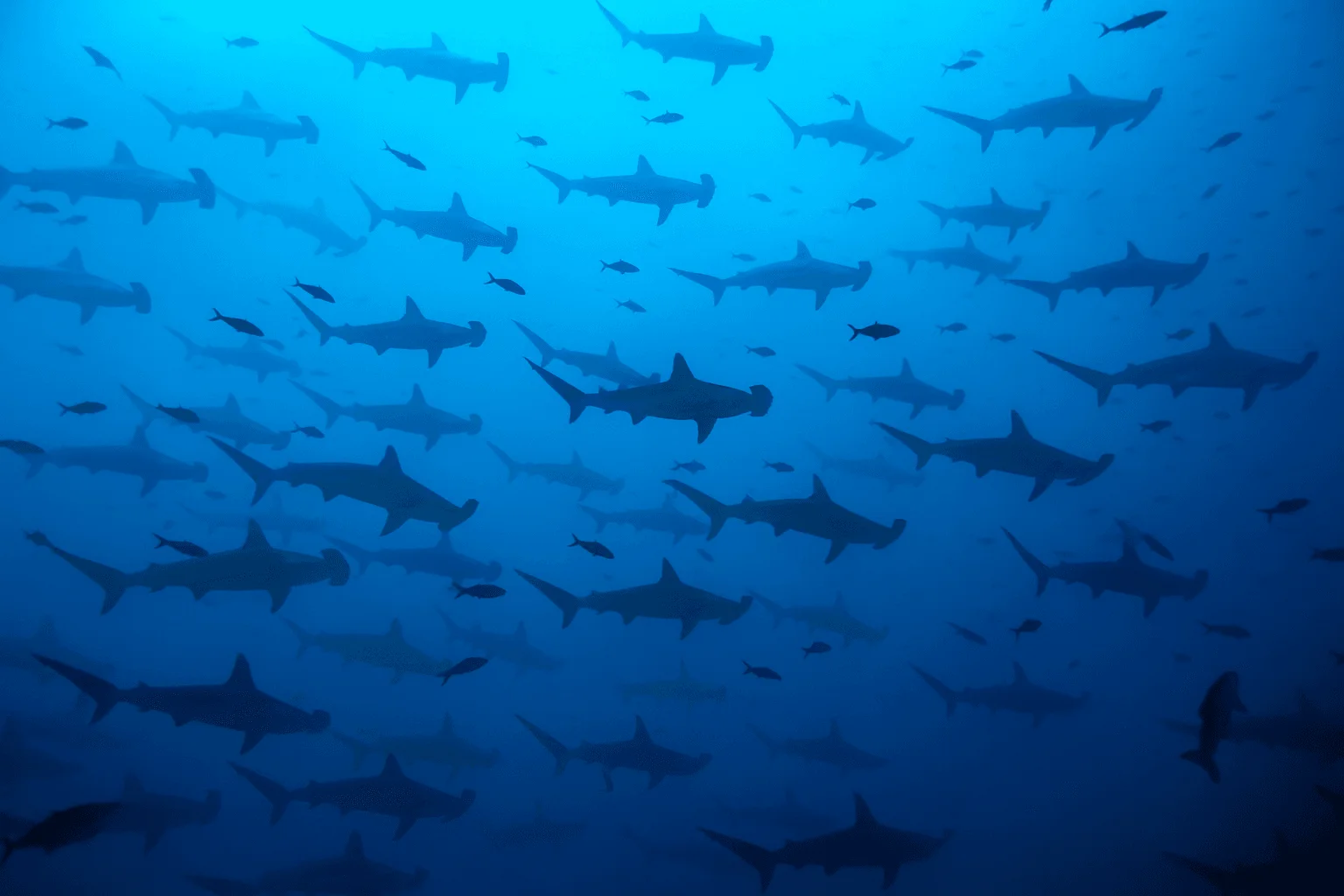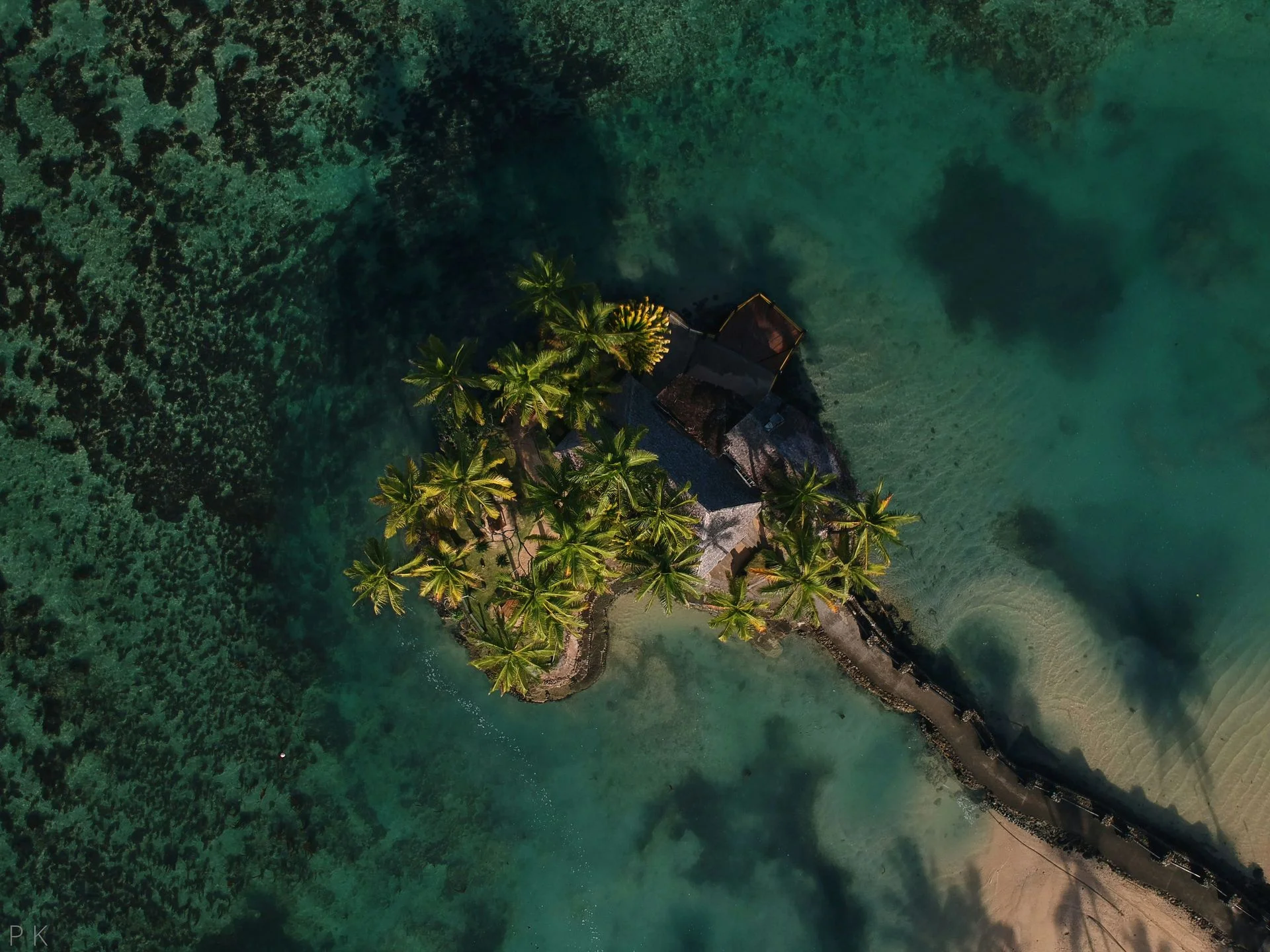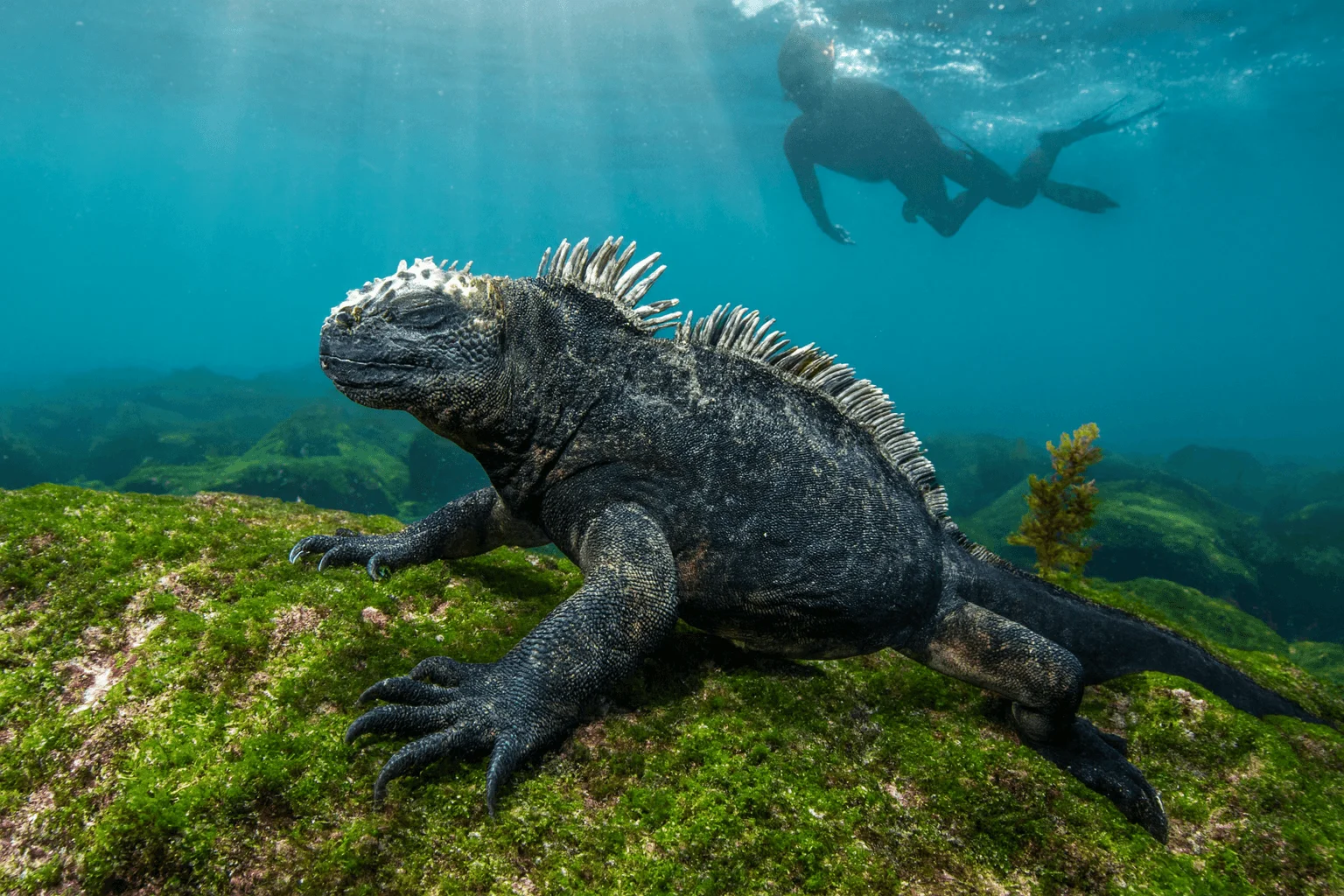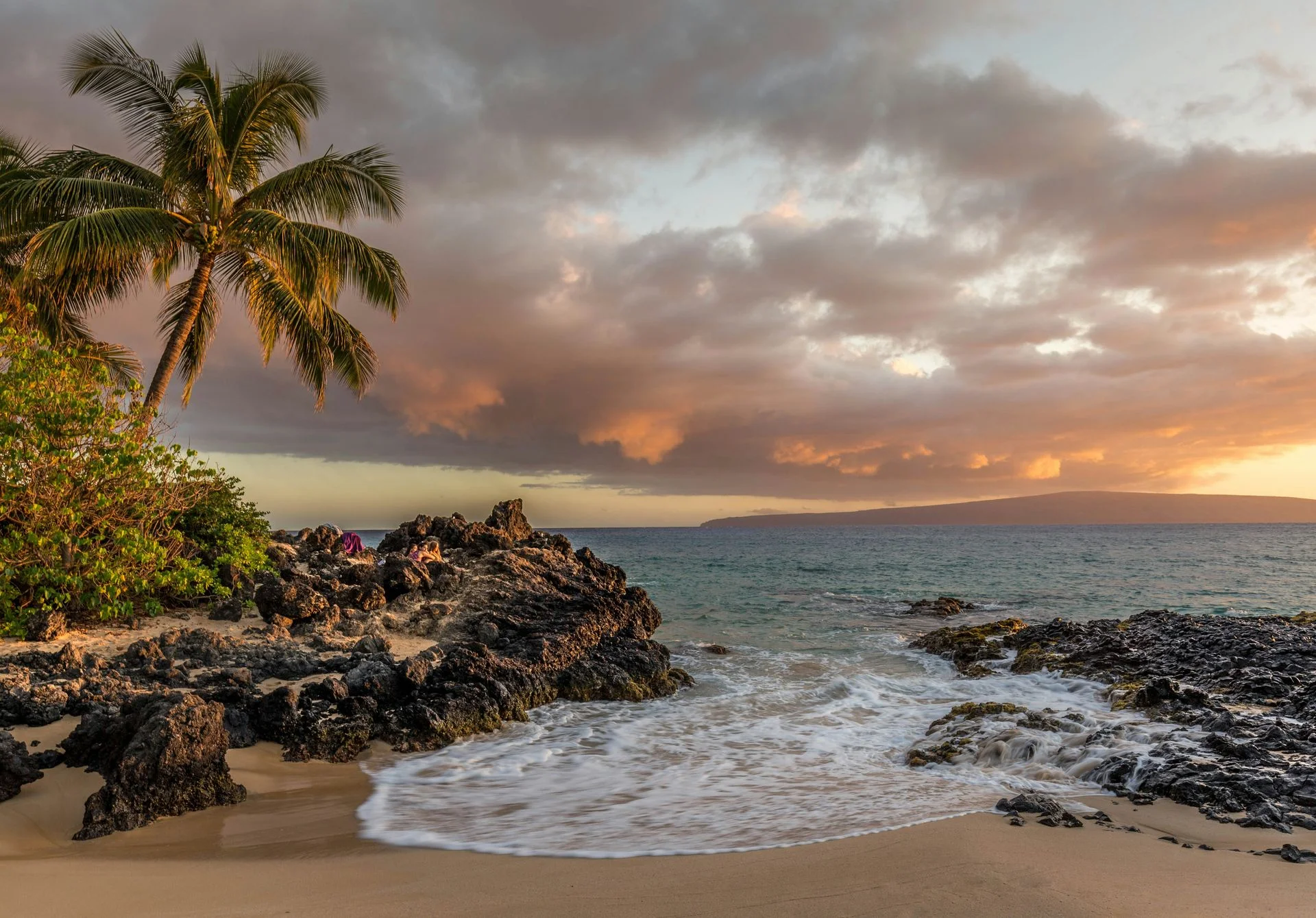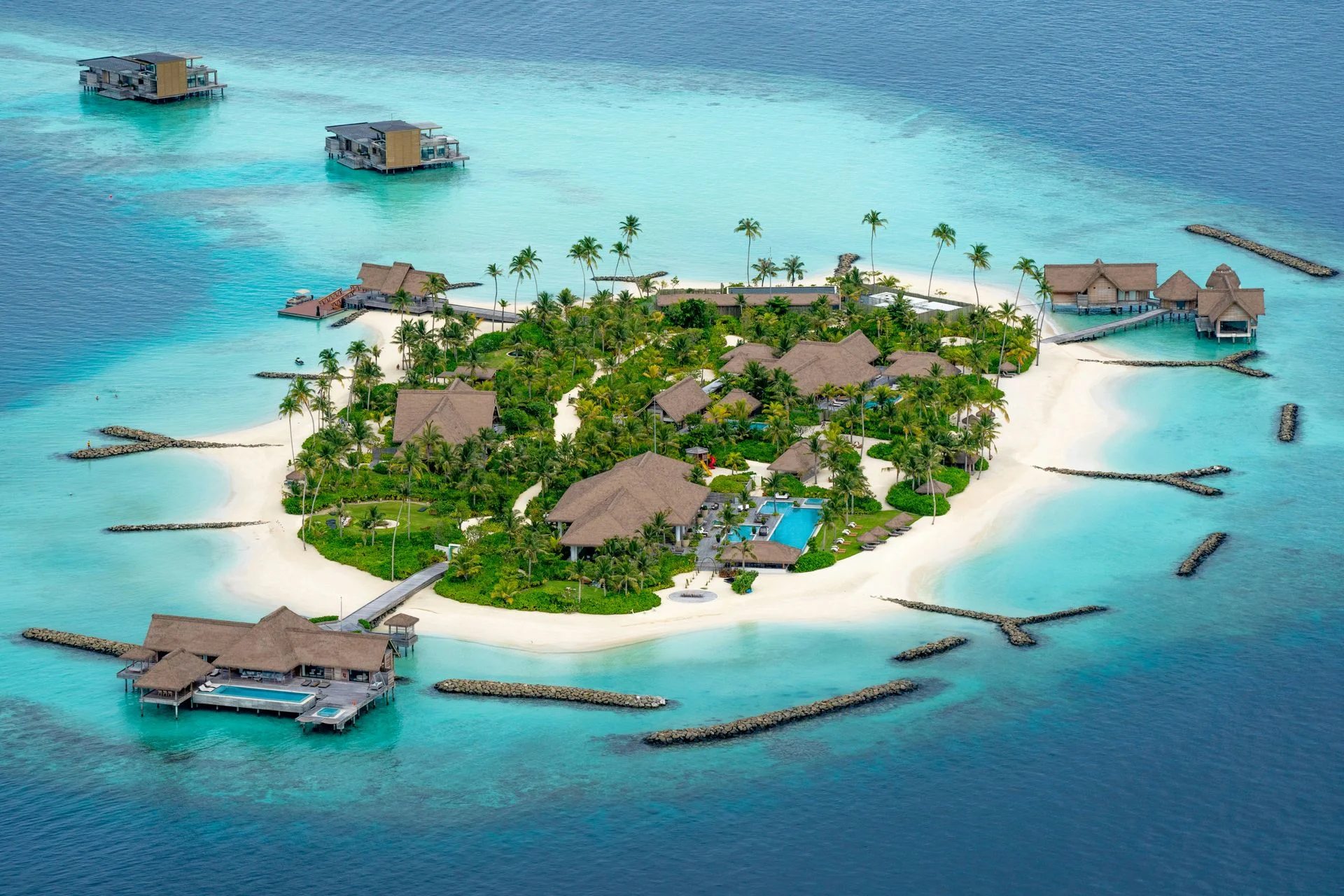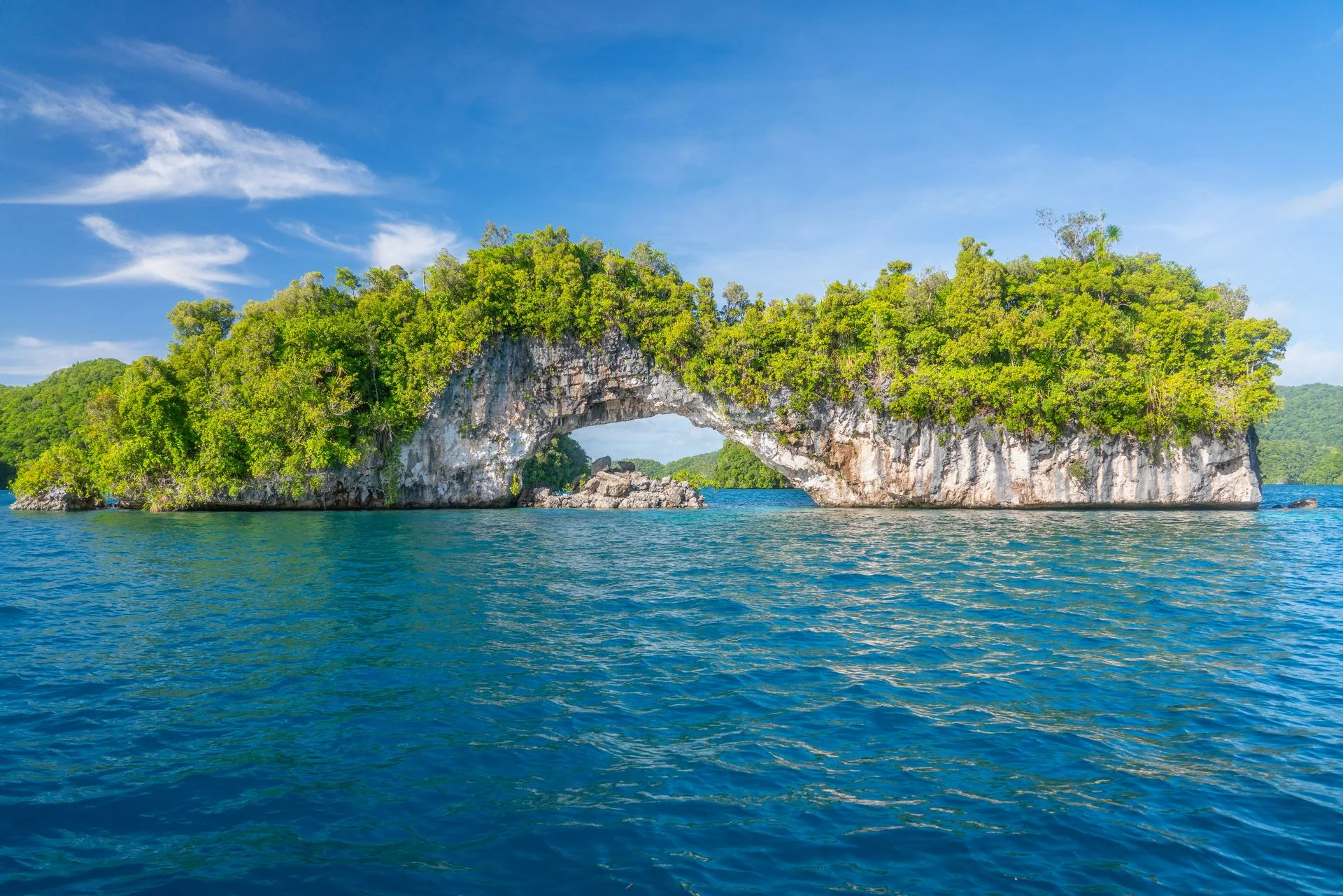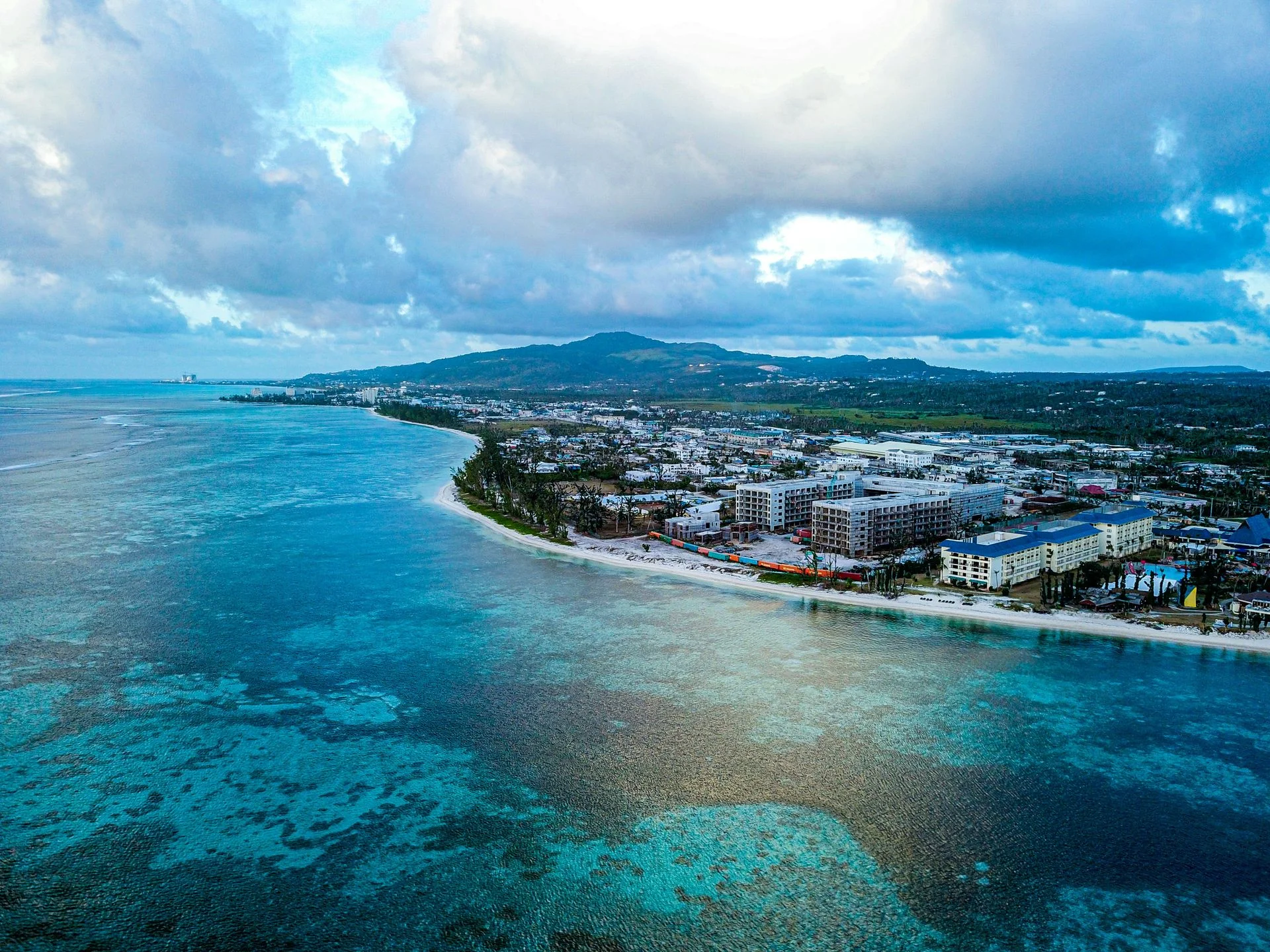Diving Destinations
Explore the world's most incredible underwater destinations. From tropical reefs to dramatic walls, discover your next diving adventure.
Philippines
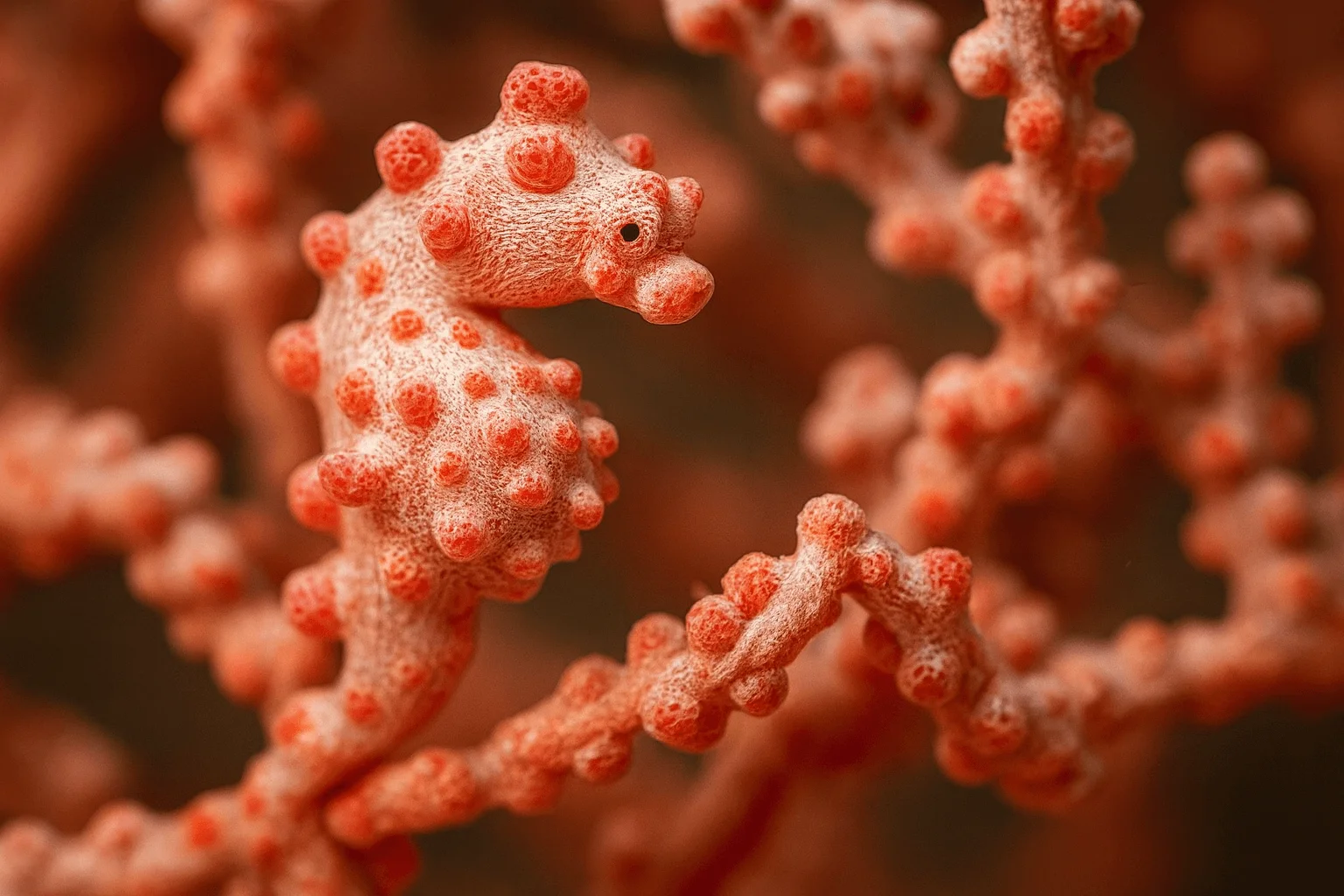
Anilao
Anilao, a small barangay in Batangas province just two hours south of Manila, is often called the macro capital of the Philippines. More than 50 dive sites fringe the coast and nearby islands, offering an intoxicating mix of coral‑covered pinnacles, muck slopes and blackwater encounters. Critter enthusiasts come for the legendary muck dives at Secret Bay and Anilao Pier, where mimic octopuses, blue‑ringed octopuses, wonderpus, seahorses, ghost pipefish, frogfish and dozens of nudibranch species lurk in the silt. Shallow reefs like Twin Rocks and Cathedral are covered in soft corals and teem with reef fish, while deeper sites such as Ligpo Island feature gorgonian‑covered walls and occasional drift. Because Anilao is so close to Manila and open year‑round, it’s the easiest place in the Philippines to squeeze in a quick diving getaway.
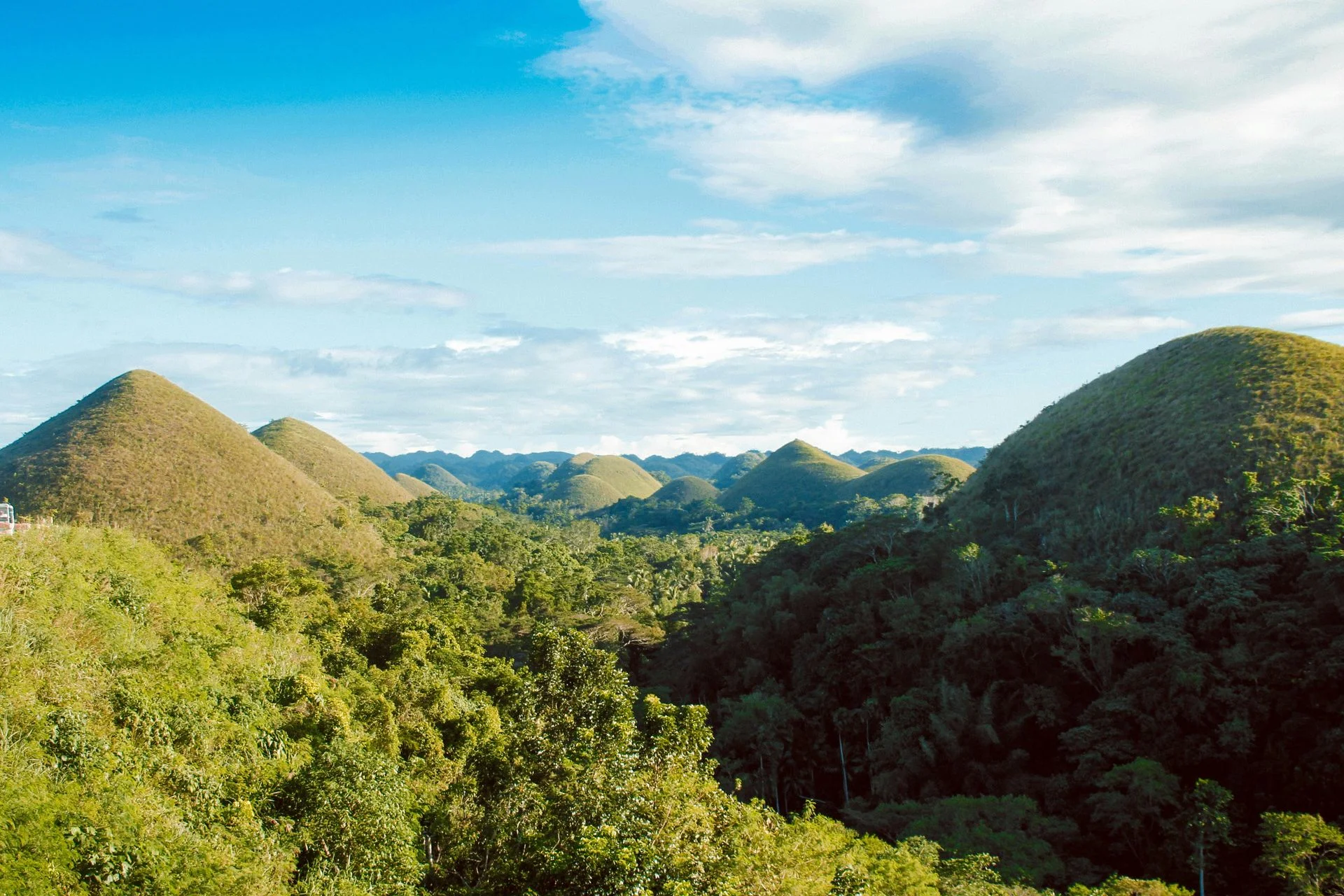
Bohol
Bohol, an island province in the central Visayas of the Philippines, is a diver’s playground with a huge variety of sites. The main hub is Panglao Island, where Alona Beach serves as the launch point for local reef dives and day trips. Nearby Balicasag Island is world‑class: its 5‑ to 18‑m plateau drops into walls where clouds of jackfish and sardines swirl and sleepy green and hawksbill turtles munch on soft corals. To the west, Cabilao’s reefs hide hammerhead sharks and pygmy seahorses, while the remote east coast of Anda offers muck dives, turtle nurseries and even mantas and whale sharks. Other favorites include Napaling’s year‑round sardine balls, Pamilacan’s manta and shark‑filled walls and Cervera (Snake Island) with its resident sea snakes. Whether you love colourful coral gardens, deep walls, big pelagics or tiny critters, Bohol has something for every diver.
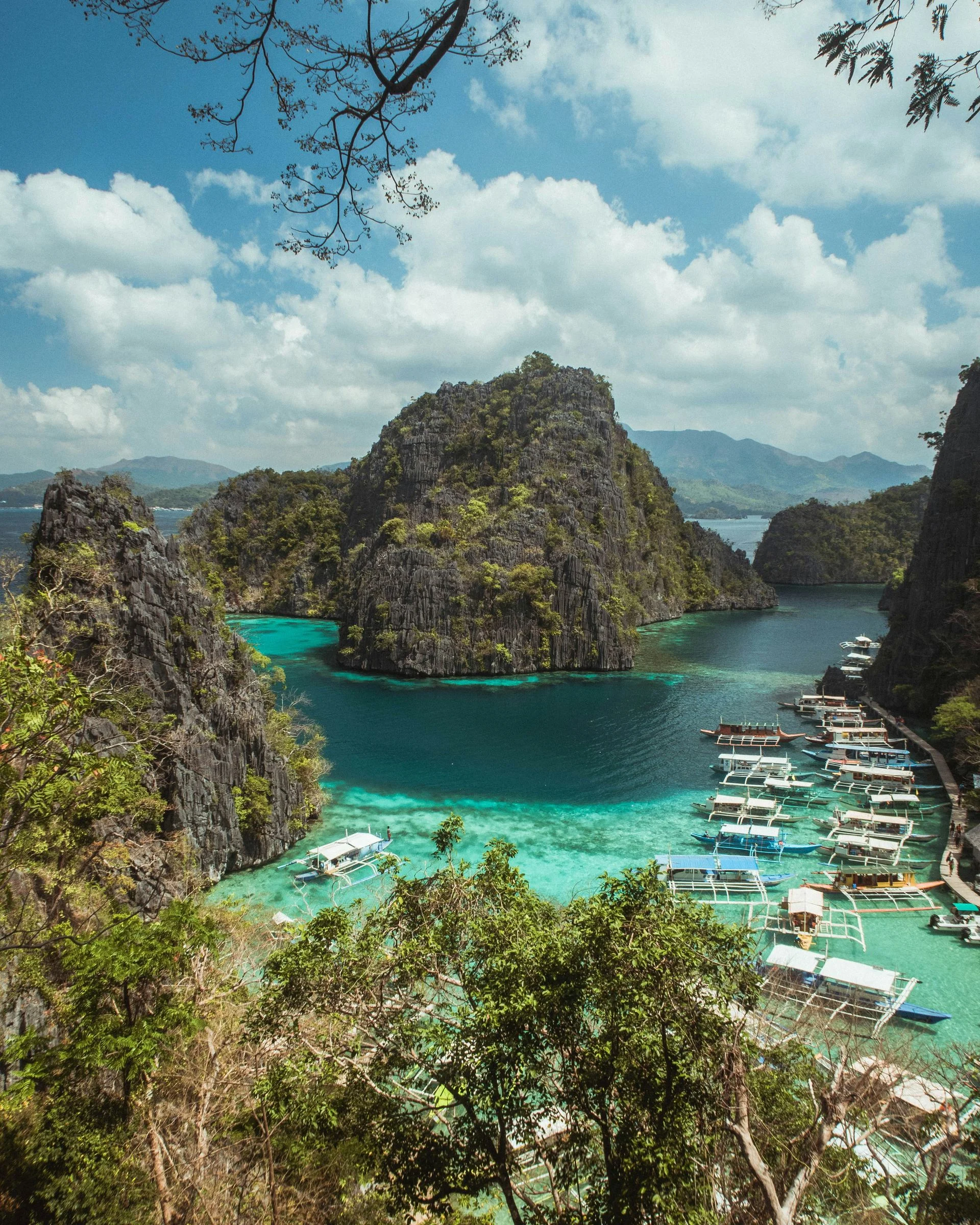
Coron
Coron, a mountainous island at the northern end of Palawan, is a world‑renowned destination for World War II wreck diving. On 24 September 1944, US carrier aircraft bombed and sank a Japanese supply fleet anchored in Coron Bay; today more than ten massive shipwrecks lie between 10 and 40 m, encrusted with corals and teeming with life. Divers can swim through cargo holds, engine rooms and anti‑aircraft guns of vessels like Morazan Maru, Akitsushima Maru and Olympia Maru, while schools of glassfish, batfish and macro critters shelter in the shadows. Beyond the wrecks, Coron offers freshwater lake dives like Barracuda Lake – famous for its clear water and thermocline – plus vibrant coral reefs around Sangat and Lusong Gunboat. With dramatic limestone peaks and turquoise lagoons above water, Coron combines history, scenery and adventure in one extraordinary trip.
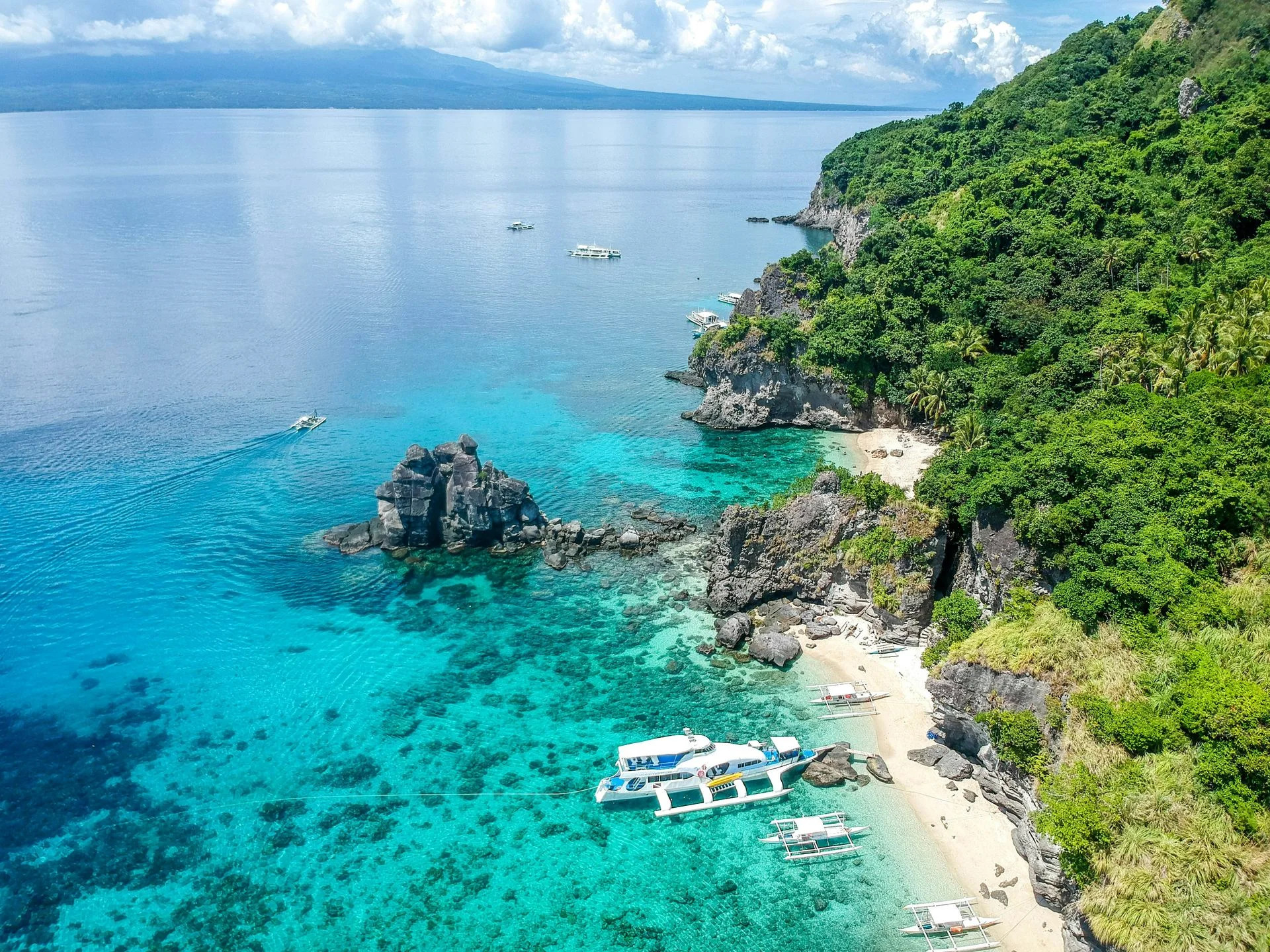
Dumaguete
Dumaguete on the southeast coast of Negros is the jumping‑off point for some of the Philippines’ most diverse diving. Along the nearby town of Dauin, a series of shallow marine sanctuaries and black‑sand slopes hide critters galore: frogfish, flamboyant cuttlefish, mimic octopus, ghost pipefish, seahorses, pipefish and nudibranchs. Artificial reefs made from car tyres and pyramids provide extra habitat. Offshore, Apo Island’s walls and plateaus burst with hard and soft corals, schooling jacks and barracudas, and friendly green turtles. With day trips to Oslob’s whale sharks or Bais’ dolphin‑watching, and excursions to nearby Siquijor, Dumaguete offers a perfect mix of macro muck diving and classic coral reefs.
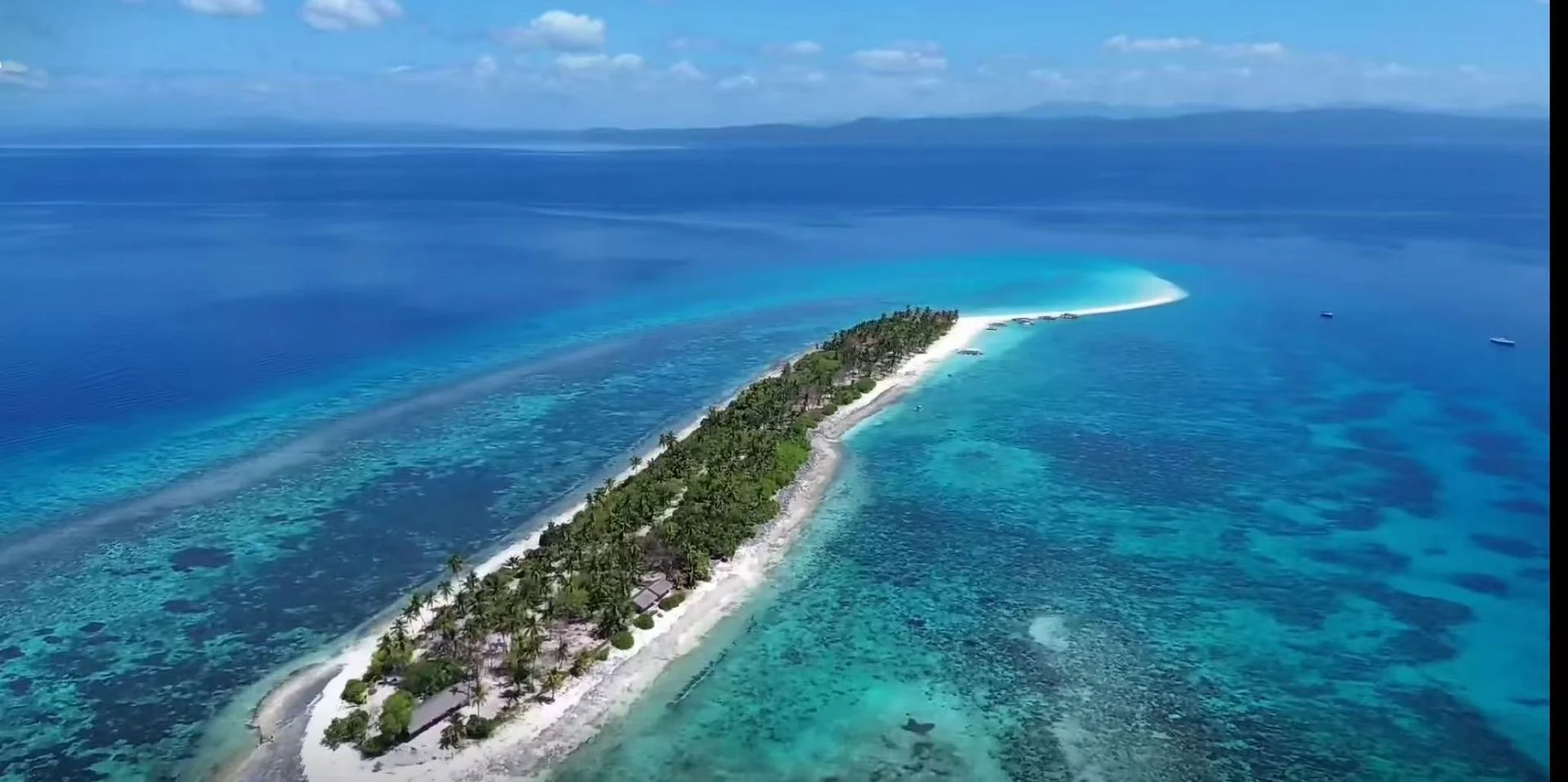
Malapascua
Malapascua is a small island off the northern tip of Cebu famed for its resident thresher sharks. Every morning at dawn, divers ride out to Monad Shoal and sit on a coral plateau 20–30 m deep, quietly watching as pelagic threshers rise from the abyss to use the cleaning station. But the excitement doesn’t end once the sharks disappear into the blue—around the island you’ll find coral‑covered pinnacles, drift dives, walls and gentle reef slopes teeming with life. Macro hunters can stalk flamboyant cuttlefish, pygmy seahorses and frogfish in the muck around Dauin, while wide‑angle lovers will enjoy schooling jackfish, batfish and barracuda at sites like Bugtong Bato and Gato Island. A relaxed village atmosphere, white‑sand beaches and day trips to neighbouring islands such as Kalanggaman or Capitancillo round out the experience.
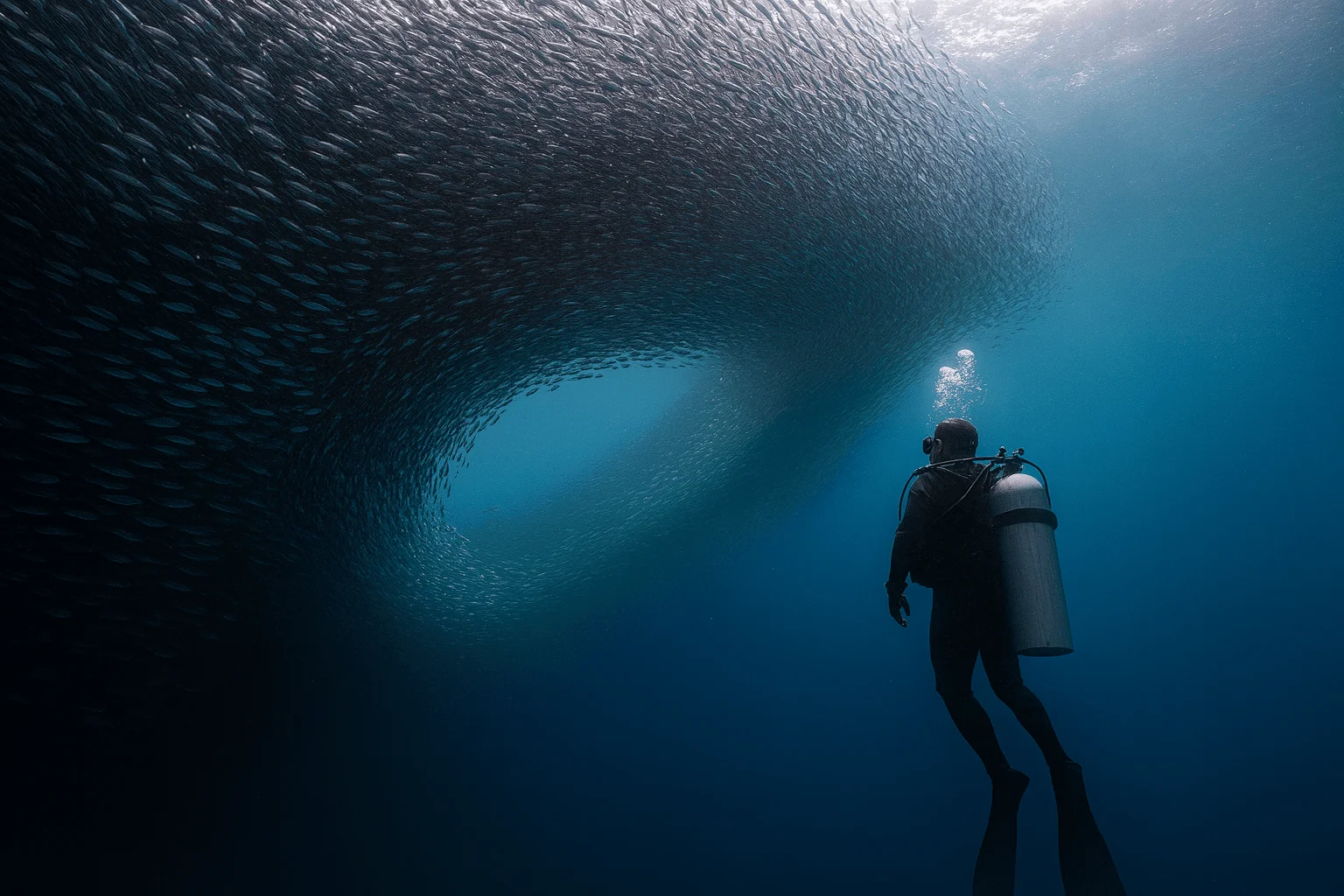
Moalboal
Moalboal is a laid‑back beach town on the west coast of Cebu known for its spectacular sardine run and easy access to Pescador Island. Vast clouds of millions of sardines swirl just off Panagsama Beach all year, creating a shimmering wall of fish that you can dive or snorkel through. Just offshore, the limestone island of Pescador offers steep walls, caverns and canyons covered in hard and soft corals; turtles, sea snakes, frogfish, schooling jacks and the occasional thresher or whitetip reef shark can be seen here. Many other sites along the coast feature shallow coral gardens and sandy slopes teeming with nudibranchs, cuttlefish and reef fish, making Moalboal perfect for both beginners and experienced divers.
Indonesia
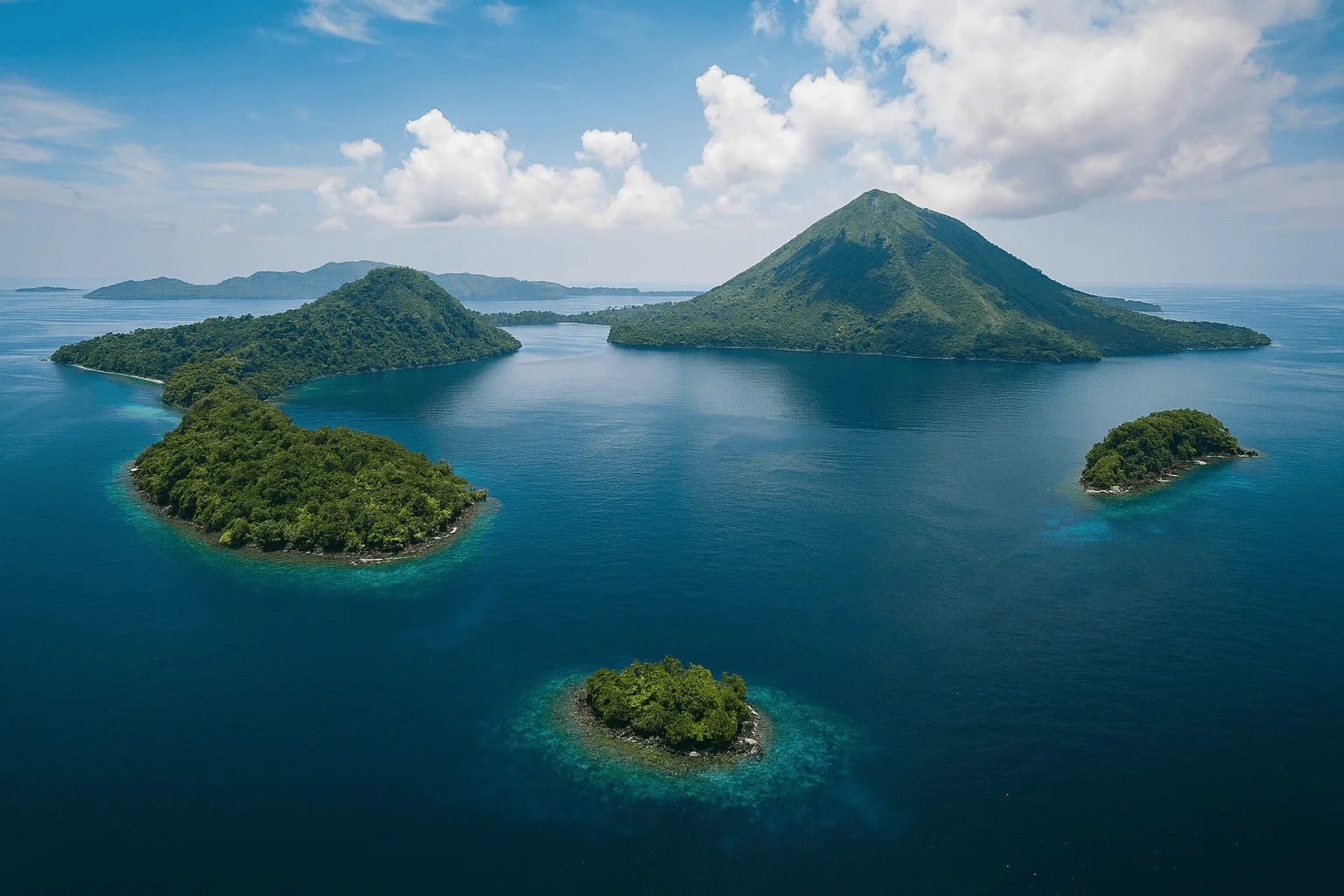
Banda Sea
Hidden between Indonesia’s Maluku Islands lies the Banda Sea – an untouched stretch of ocean famous for its schools of hammerhead sharks and abundant sea snakes. Part of the Coral Triangle, this remote sea spans over half a million square kilometres and plunges to depths beyond 7 km. Cold, nutrient‑rich upwellings feed pristine reefs bursting with life: imagine gliding along steep walls encrusted with giant gorgonians while dogtooth tuna, thresher sharks and squadrons of mobula rays cruise past. Volcanic islands such as Manuk and Gunung Api rise from the blue, their warm vents attracting banded sea kraits by the dozen and drawing divers from all over the world. Because there are no large towns here, the Banda Sea is usually explored on liveaboards – the reward is some of Indonesia’s wildest and most exhilarating diving.
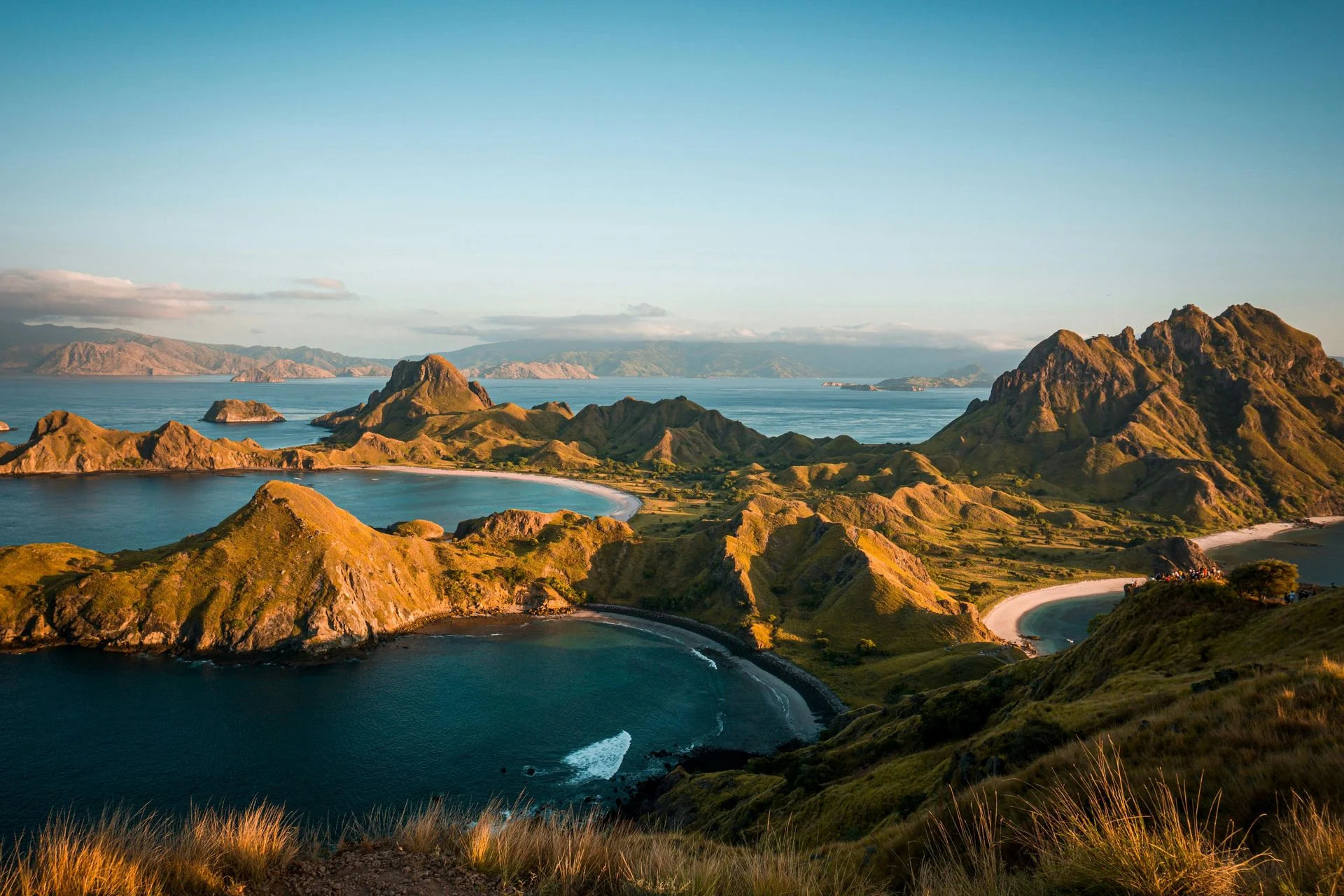
Komodo
Komodo National Park is a diver’s paradise full of marine diversity: expect healthy coral gardens, reef sharks, giant trevallies, countless schools of fish, and frequent manta ray sightings at sites like Manta Point and Batu Bolong. Drift dives and dramatic reef structures add excitement, while both macro lovers and big-fish fans will find plenty to love. Above water, the wild Komodo dragons roam, giving a touch of prehistoric wonder to the whole trip.
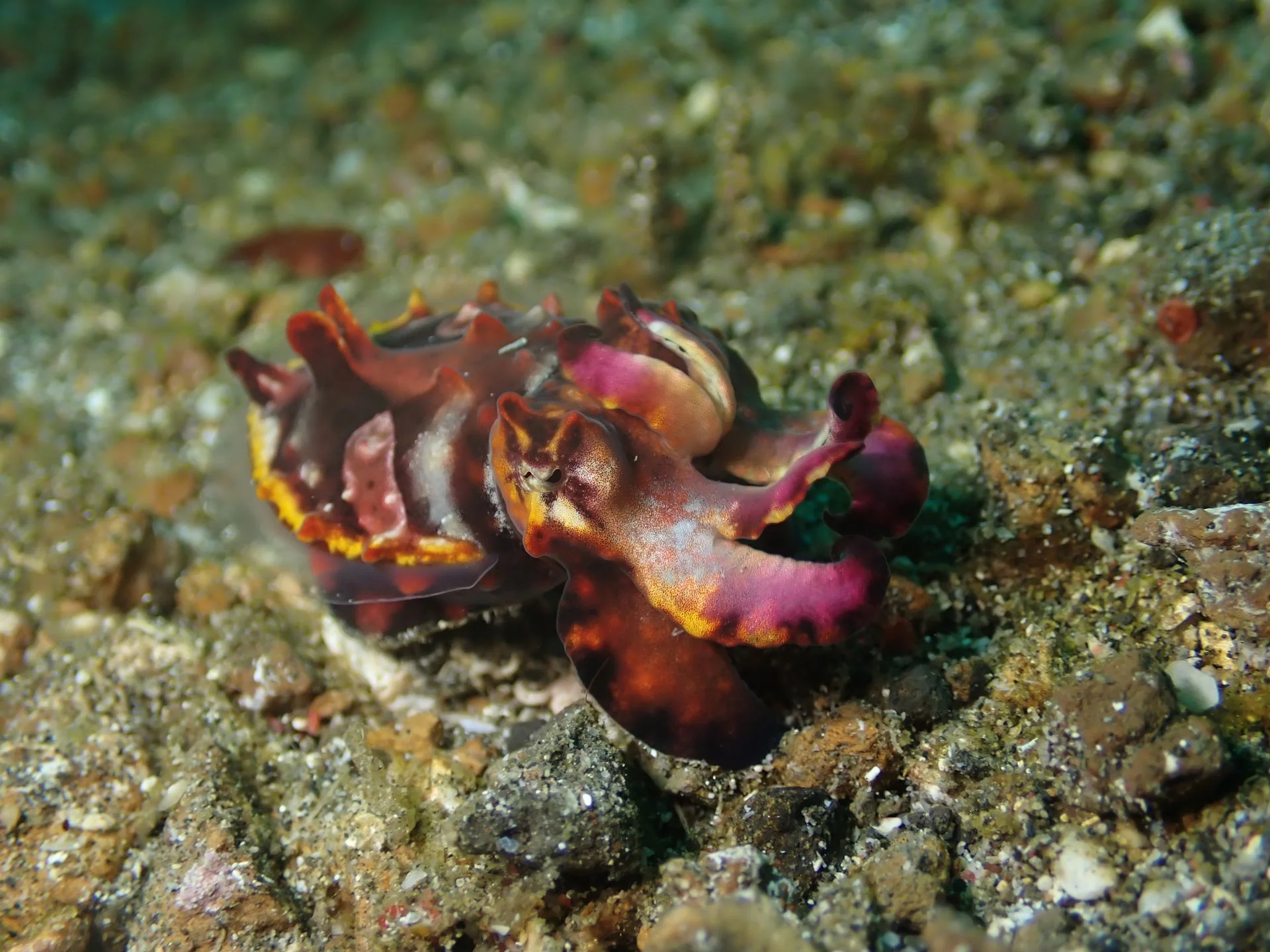
Lembeh
The Lembeh Strait in North Sulawesi has become famous as the muck‑diving capital of the world. At first glance its gently sloping seabed of black volcanic sand, rubble and discarded debris looks bleak. Look closer and it is teeming with weird and wonderful life: hairy and painted frogfish, flamboyant cuttlefish, mimic and blue‑ringed octopuses, ornate ghost pipefish, tiny seahorses, shrimp, crabs and a rainbow of nudibranchs. Most dives are shallow and calm with little current, making it an ideal playground for macro photographers. There are a few colourful reefs for a change of scenery, but Lembeh is all about searching the sand for critter treasures.
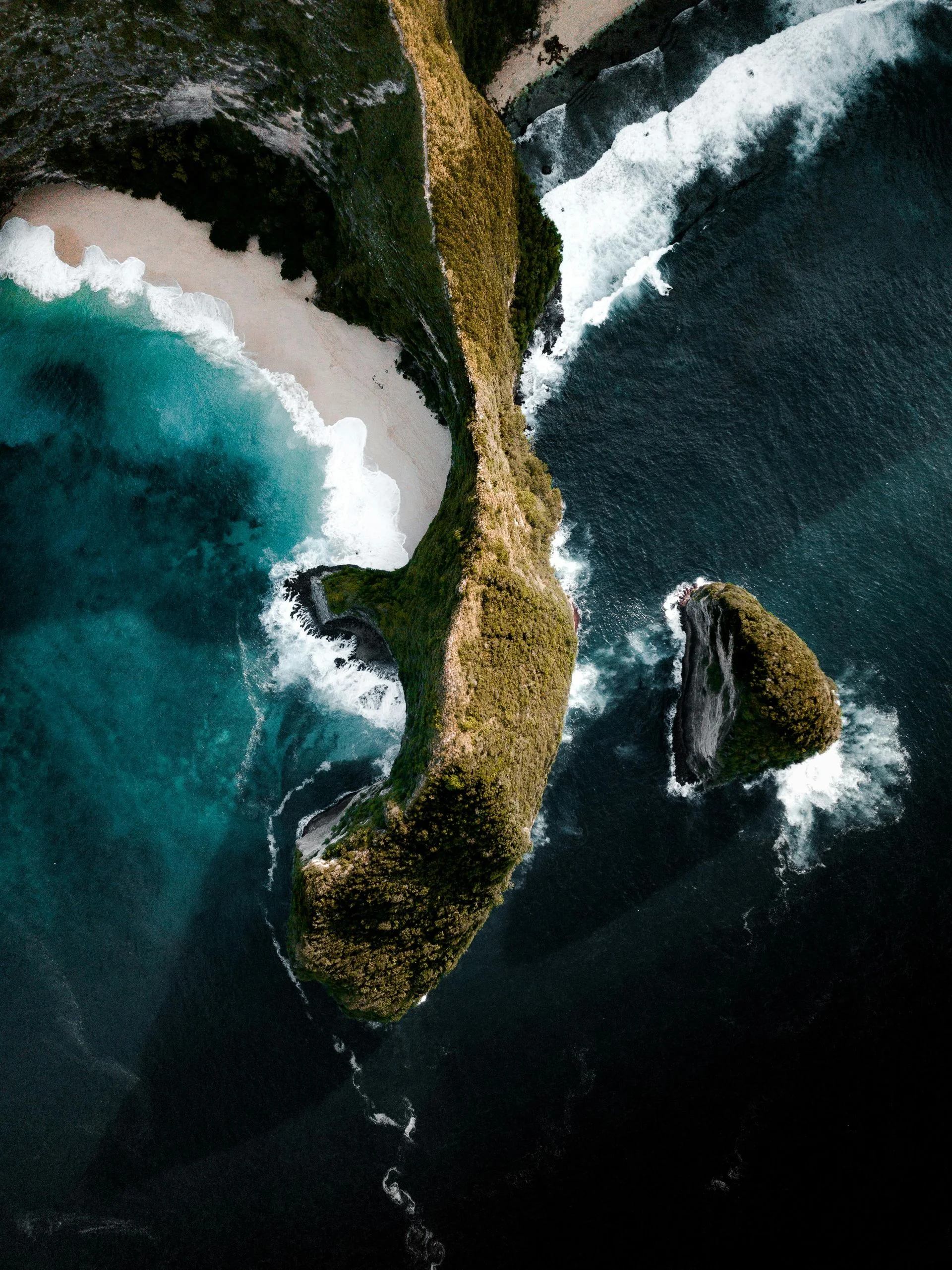
Lembongan
Nusa Lembongan and its neighbouring islands sit on the edge of the Lombok Strait, where strong currents carry nutrient‑rich water between the Pacific and Indian oceans. This constant water flow produces clear visibility and supports vibrant reefs full of reef fish, trevallies and reef sharks. The area is famous for exhilarating drift dives; experienced divers drop into channels and ride the current over coral walls and slopes. Pelagic highlights include year‑round manta rays at nearby Manta Point and Manta Bay, while the rare ocean sunfish (Mola alexandrini) visits from July–October when cold upwellings bring temperatures as low as 16 °C. Beginner divers aren’t forgotten—sheltered sites like Lembongan Bay and Mangrove offer calm conditions, sandy bottoms and colourful coral gardens. With easy access by fast boat from Bali, Lembongan provides a perfect base to explore the more than two dozen sites around the Nusa islands.
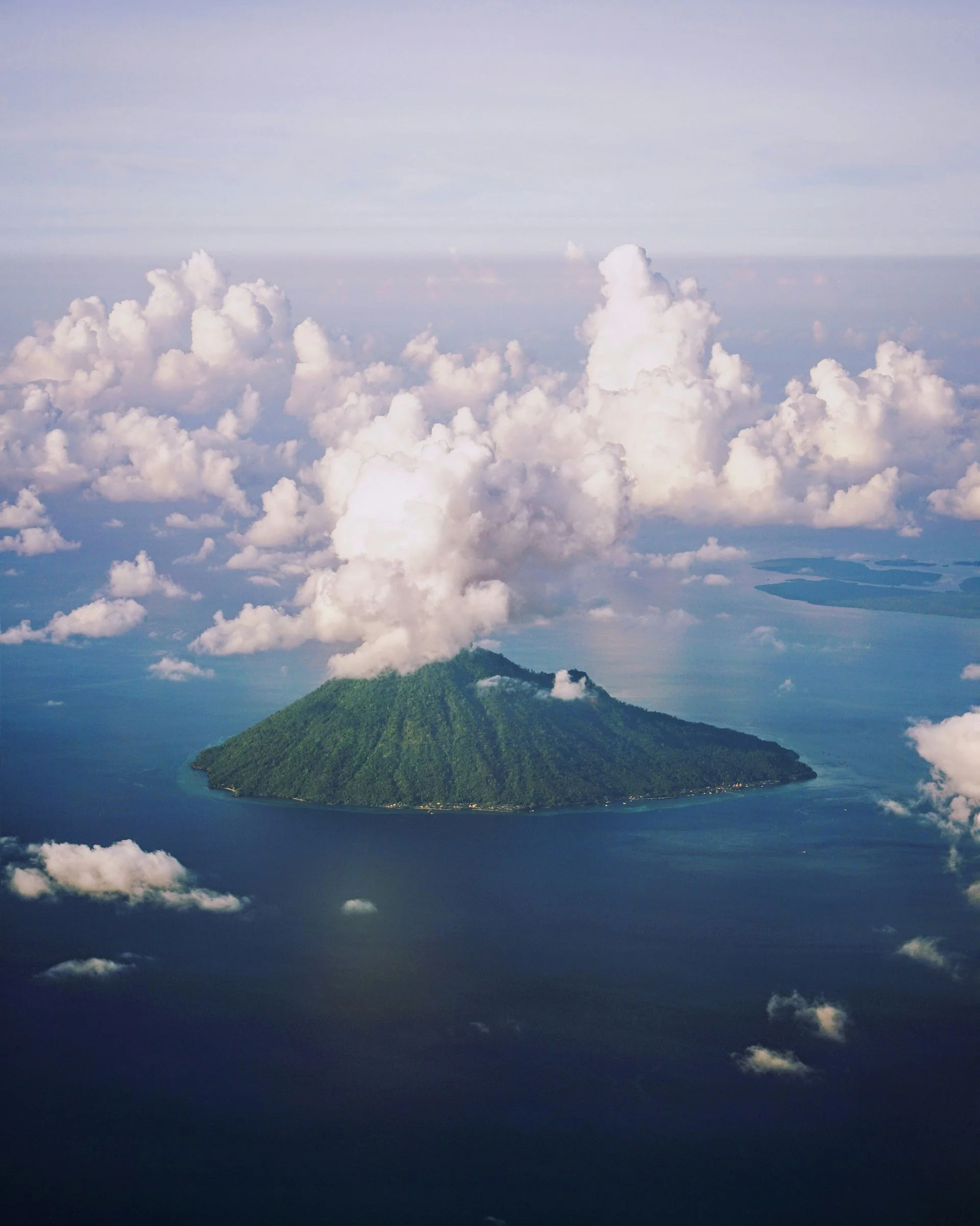
Manado
Tucked away in northern Sulawesi, Manado’s coastal waters and Bunaken National Park are a diver’s dream. Sheer coral walls plunge into the deep blue, exploding with sponges, sea fans and tropical fish, while the mainland coast hides muck‑diving gems with seahorses, ghost pipefish and mimic octopus. Dolphins and pilot whales sometimes cruise past, green turtles nap on the reef, and reef sharks and schooling jacks patrol the drop‑offs. Whether you like effortless drift dives along walls or critter hunting in sand and seagrass, Manado balances big‑fish thrills with macro treasures. Warm waters, friendly locals and laid‑back resorts make it perfect for both serious underwater photographers and casual holidaymakers.
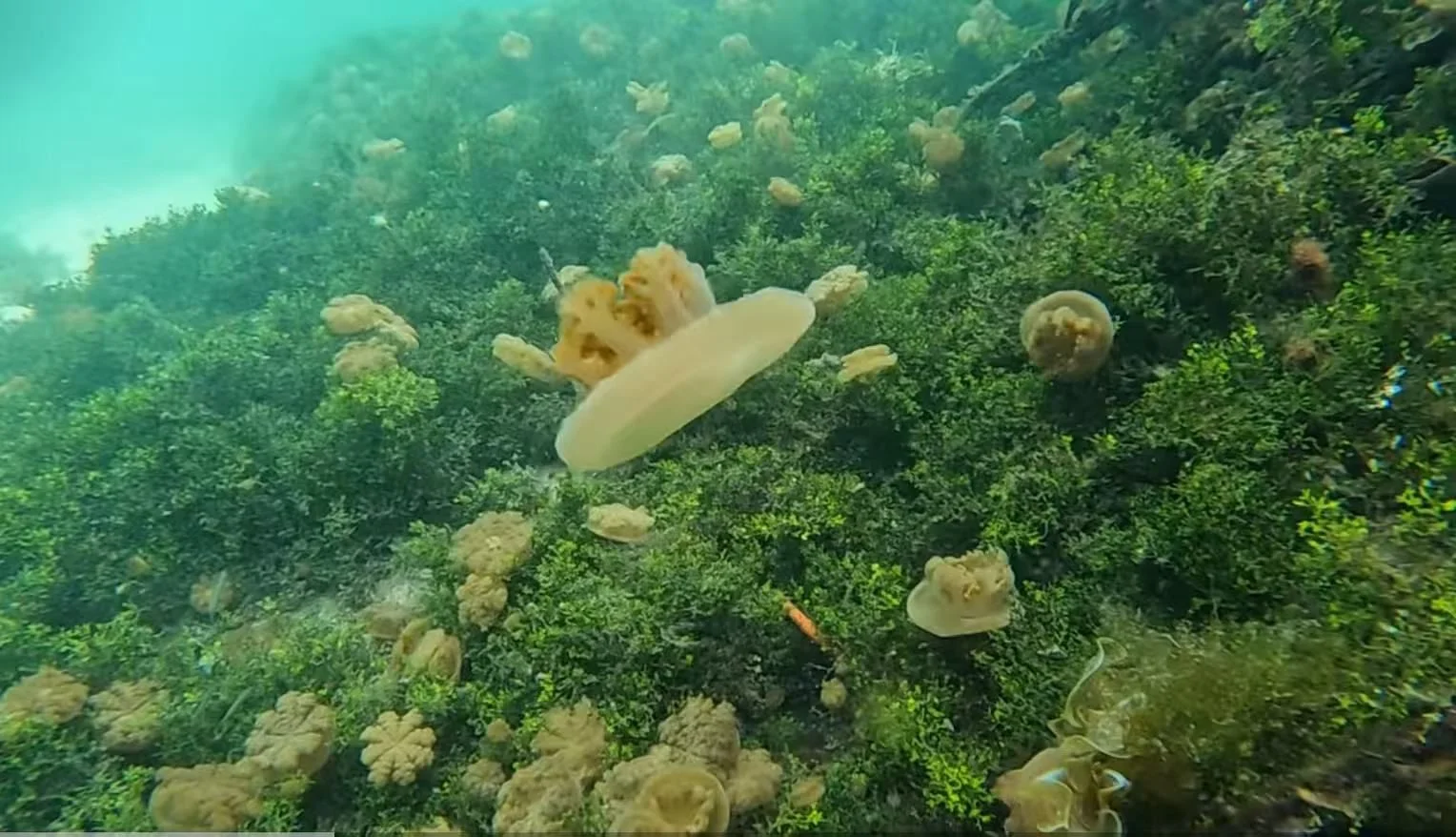
Maratua(Derawan)
Maratua Atoll, part of the remote Derawan Archipelago off East Kalimantan, offers thrilling big‑fish dives and rich reefs fed by nutrient‑charged currents. From swirling barracuda tornadoes and reef sharks at the world‑famous Big Fish Country to turtle cleaning stations and macro‑rich jetties, the island’s more than 20 sites deliver everything from ripping drift dives to gentle coral gardens. Expect encounters with green and hawksbill turtles, schooling snapper and jackfish, manta and eagle rays, nurse and reef sharks and even occasional hammerheads. The underwater topography is just as varied—vertical walls, coral pinnacles, sand channels and lush lagoon reefs mean you can pack your logbook with completely different experiences each day. Because Maratua sits far from major tourist hubs, you’ll often have the reef to yourself.
Belize
Mexico
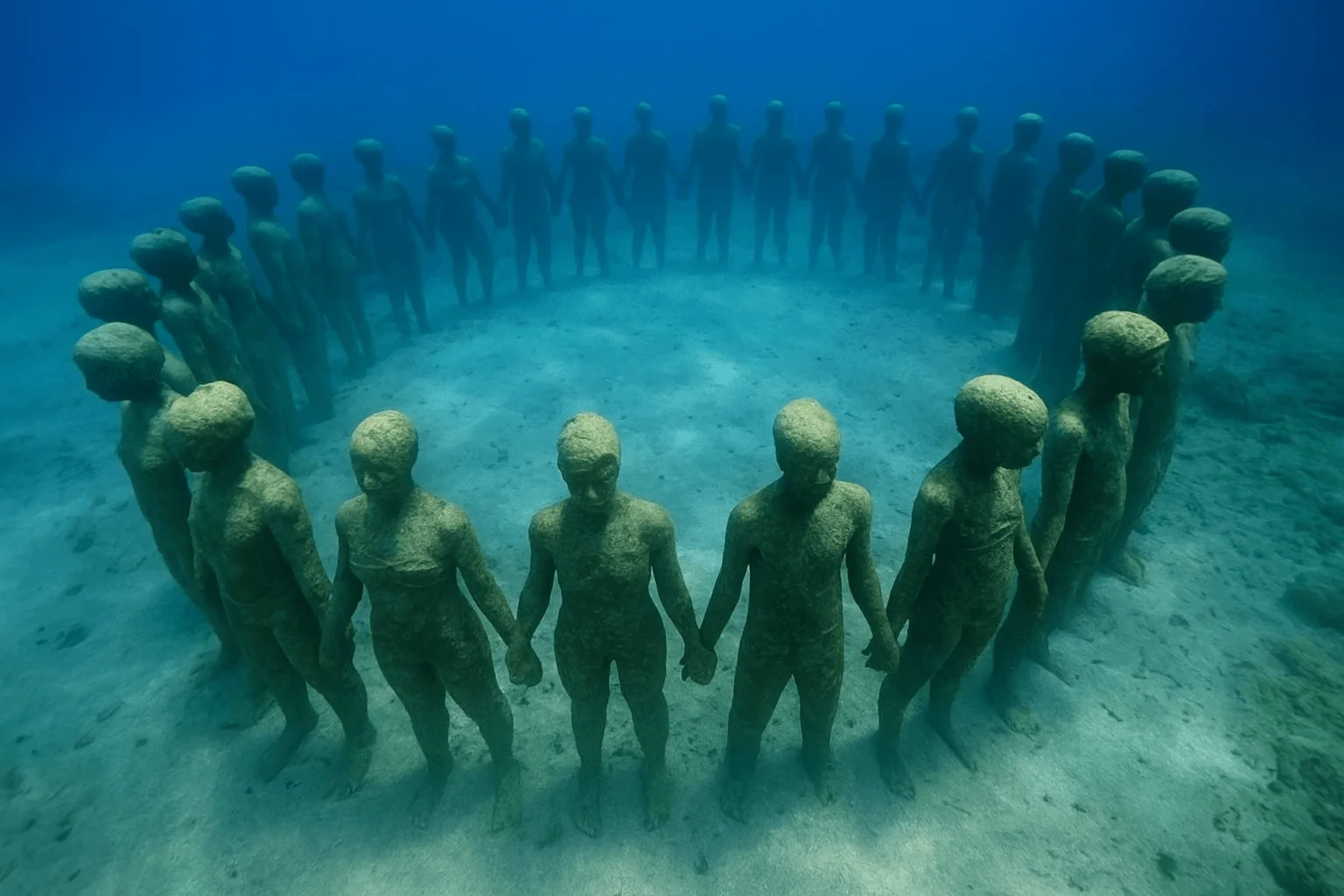
Cancun
Situated on Mexico’s Caribbean coast, Cancun pairs world‑class resorts with unexpectedly rich underwater adventures. The warm, turquoise waters off the Hotel Zone and nearby Isla Mujeres host vibrant coral reefs, an underwater sculpture garden and historic wrecks. Visibility often exceeds 25 m and water temperatures rarely dip below 24 °C, so divers can explore year‑round. From calm shallow reefs teeming with tropical fish to adrenaline‑charged bull shark dives and seasonal whale shark encounters, Cancun offers something for every level of diver.
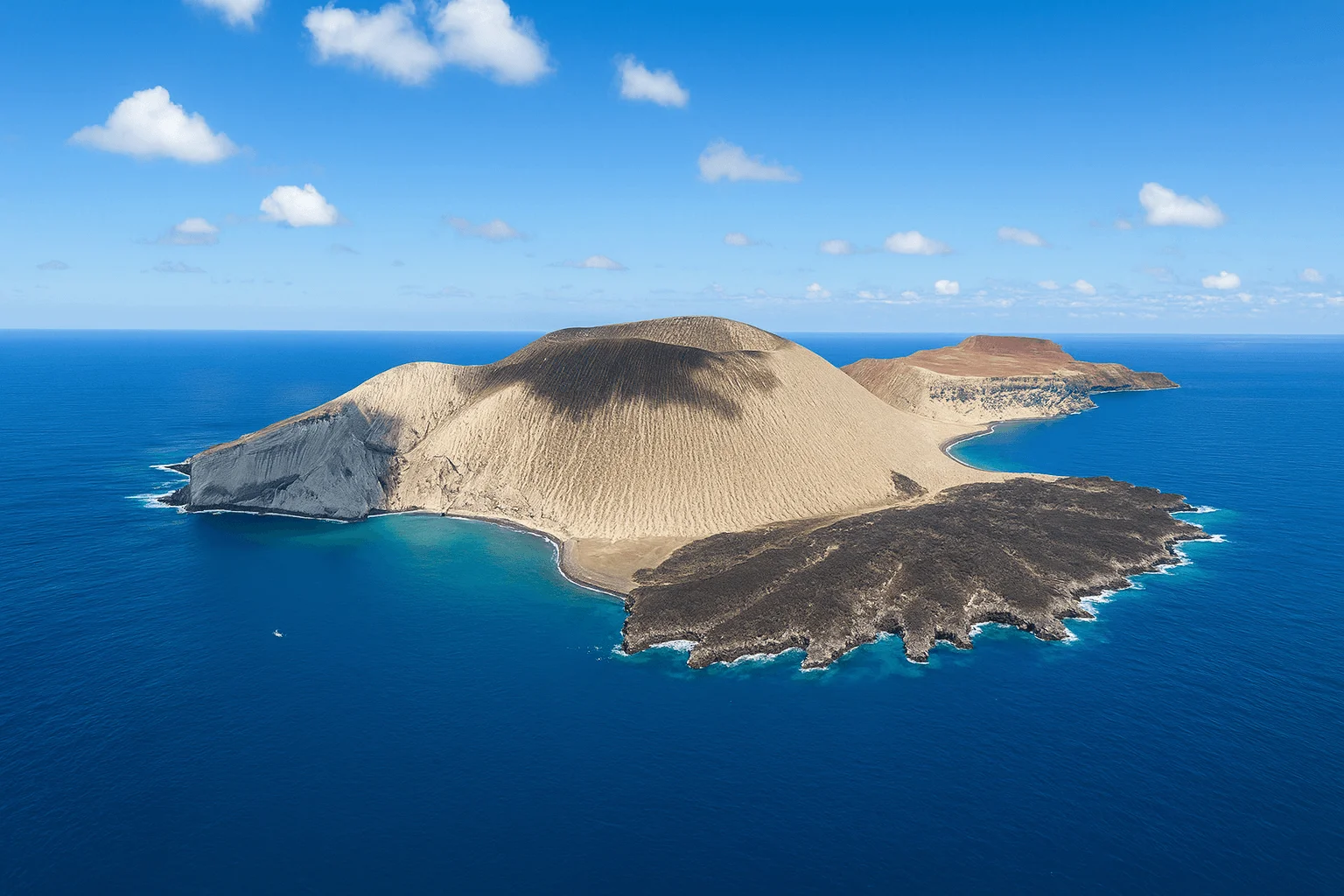
Socorro
The Revillagigedo Archipelago—better known simply as Socorro—is Mexico’s answer to the Galápagos. Located 400 km off the Baja California coast, this remote chain of volcanic islands (San Benedicto, Socorro, Roca Partida and Clarion) can only be reached by liveaboard. The reward for the 24‑hour crossing is a pelagic wonderland where giant Pacific manta rays circle close enough to touch, hammerhead sharks school in the blue, and humpback whales breach beside the boat. Rugged pinnacles and walls drop into deep blue water, attracting a myriad of large predators and making Socorro one of the world’s great big‑animal dive destinations.
Costa Rica
Egypt
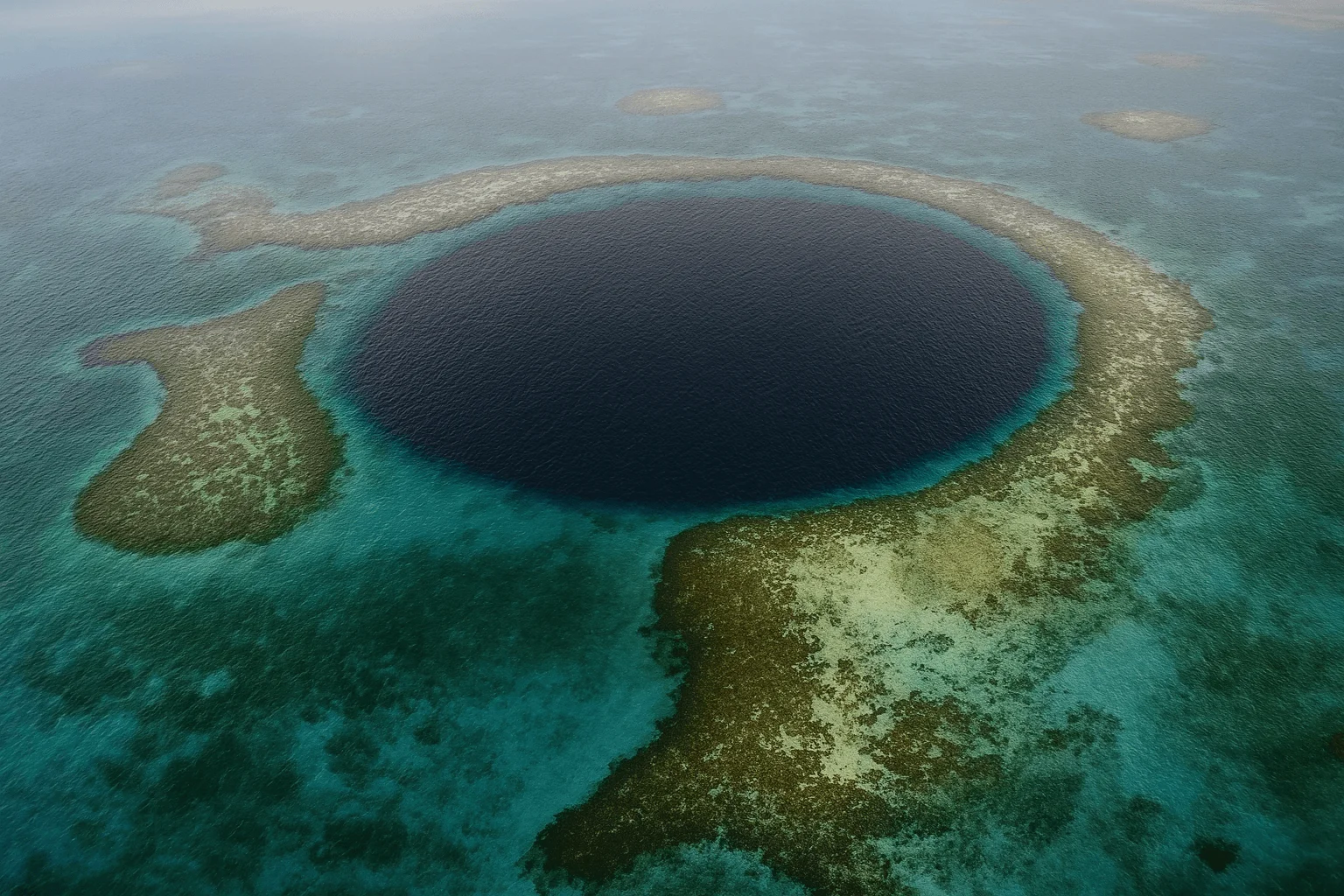
Dahab
Dahab is a laid‑back Bedouin village on Egypt’s Sinai Peninsula that has become a magnet for divers and free divers alike. The fringing reef starts just a few metres from the beach, dropping into a coral‑covered plateau and steep walls cut by canyons and chimney‑like holes. From beginner‑friendly shore entries at Lighthouse and Coral Garden to the legendary Blue Hole and Canyon, Dahab offers reef gardens full of anthias, butterflyfish and turtles as well as thrilling drift dives and deep blue walls. Year‑round sunshine, clear desert air and a bohemian vibe make it easy to spend weeks exploring the many dive sites along the shoreline and by boat.
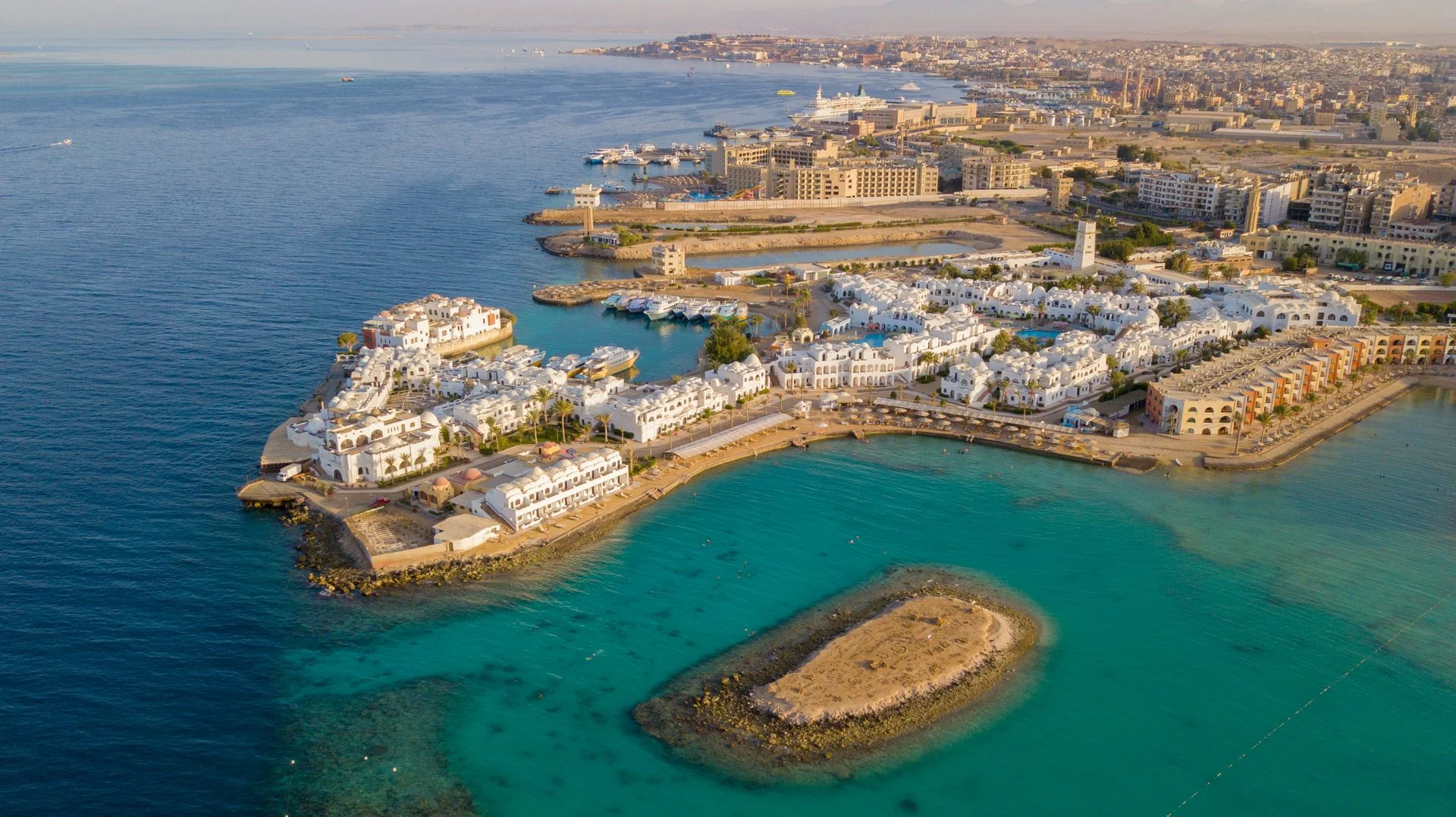
Hurghada (Red Sea)
Hurghada is one of Egypt’s original Red Sea resorts and remains a popular base for day‑boat diving and liveaboard departures. Situated on the mainland’s eastern shore, the city offers easy access to a wide variety of reefs, wrecks and islands within a short boat ride. Warm, clear waters, gentle conditions and lively coral gardens make Hurghada ideal for training and fun diving, while nearby sites such as Abu Nuhas and the Thistlegorm wreck keep more experienced divers enthralled. Topside, the modern resort town boasts a lively promenade, international restaurants and plenty of après‑dive entertainment.
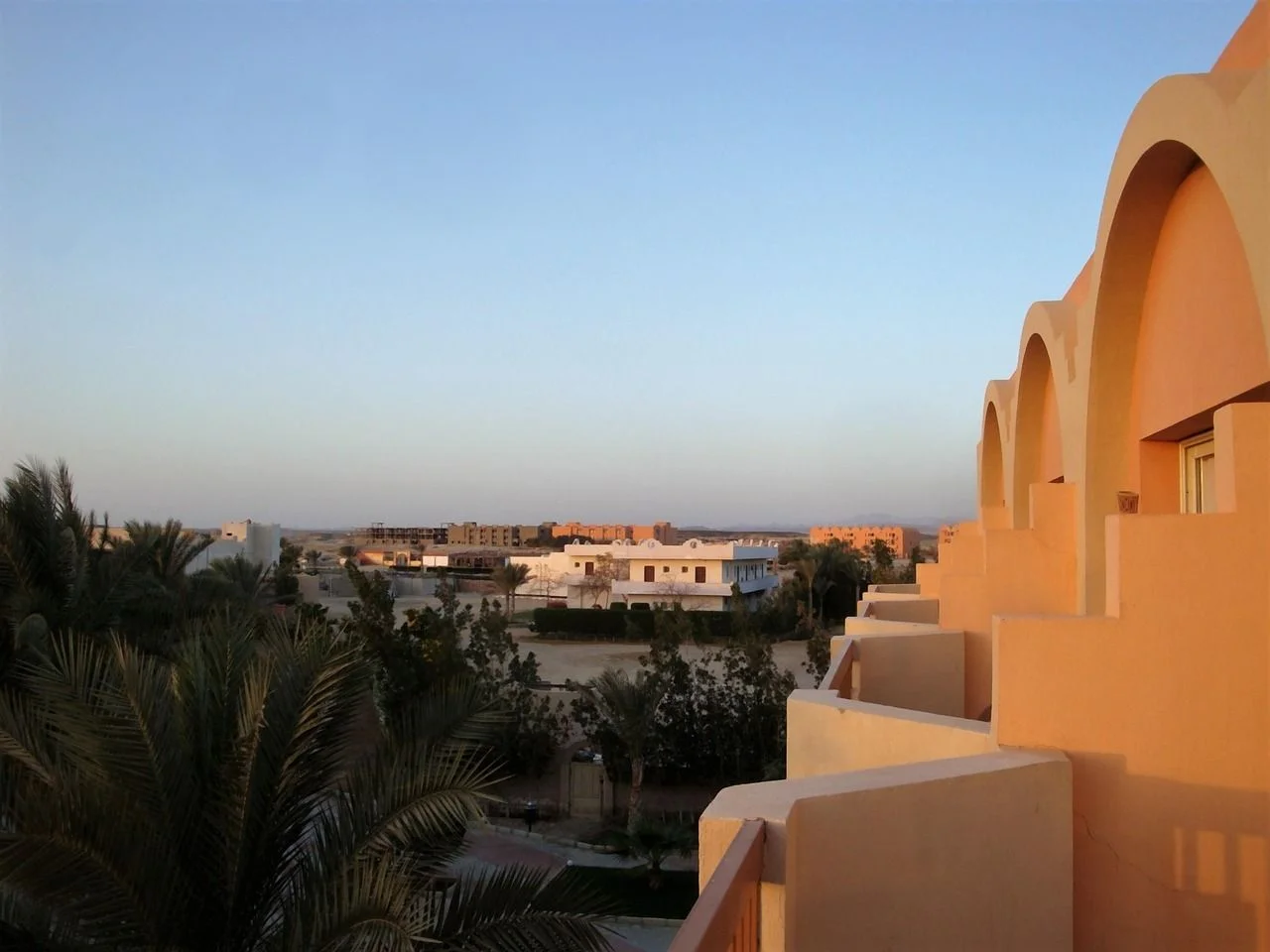
Marsa Alam
Once a sleepy fishing village on Egypt’s southern Red Sea coast, Marsa Alam is now synonymous with pristine reefs, encounters with sharks and dolphins, and long, deep walls far from the crowds. Stretching from El Quseir in the north to Wadi Lahami in the far south, the region encompasses famous offshore pinnacles such as Elphinstone and Daedalus, seagrass meadows where dugongs graze, and shallow bays sheltering green turtles. Compared to Hurghada and Sharm, the reef systems here are relatively untouched and the crowds thin, making Marsa Alam ideal for divers seeking pelagics, dramatic drop‑offs and a taste of the desert wilderness.
Fiji
Ecuador
Australia
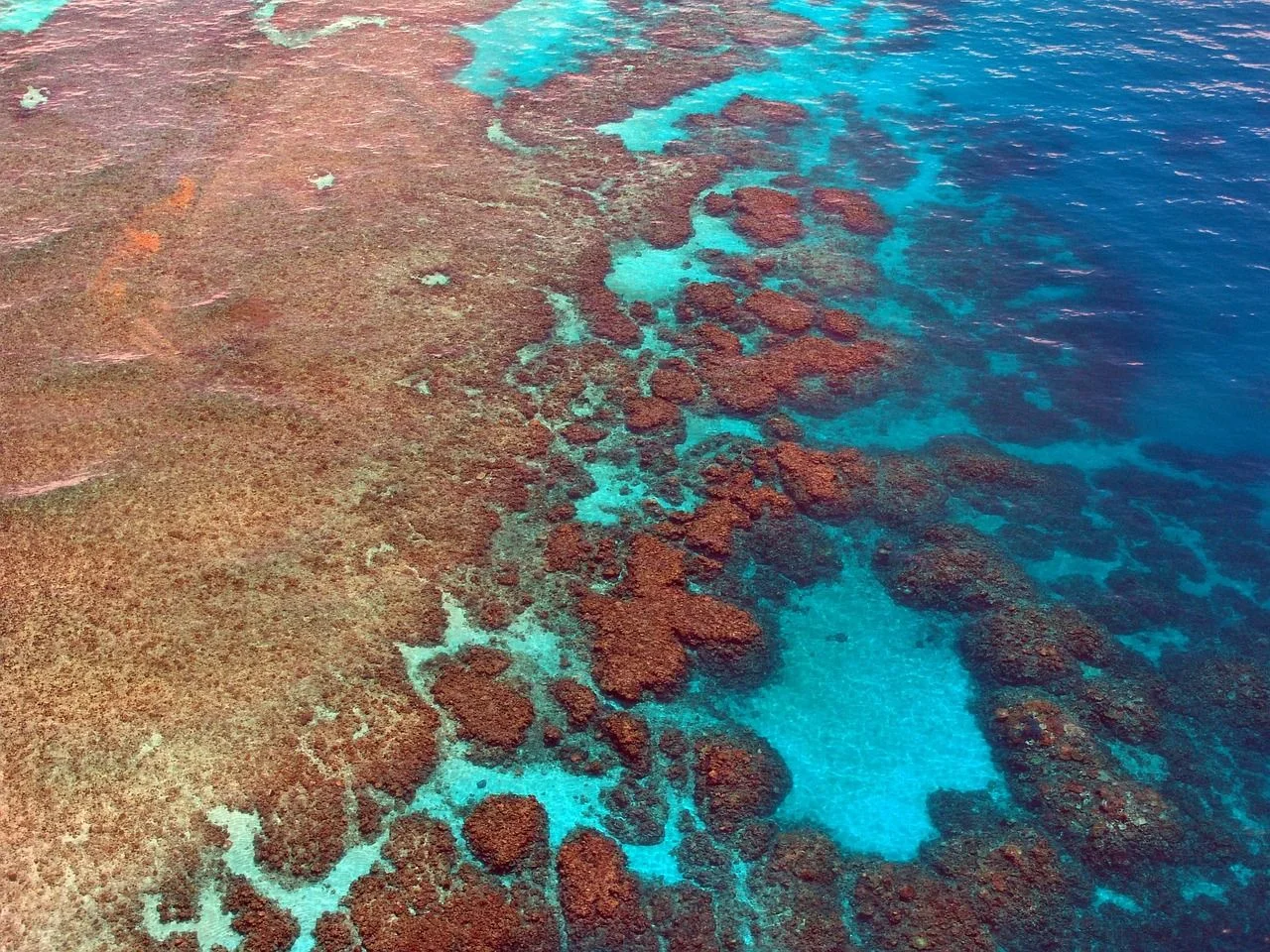
Great Barrier Reef
The Great Barrier Reef stretches for more than 2,300 km along Australia’s Queensland coast and is Earth’s largest coral ecosystem. With over 2,900 individual reefs, hundreds of islands, and a staggering diversity of marine life, it’s a bucket‑list destination for divers. Outer reef walls, coral gardens and pinnacles support potato cod, giant trevallies, reef sharks, sea turtles, manta rays and even visiting dwarf minke and humpback whales. Divers can explore historic wrecks like the SS Yongala, drift along the coral‑clad walls of Osprey Reef or mingle with friendly cod at Cod Hole. Whether you’re a beginner on a day trip from Cairns or an experienced diver on a remote liveaboard, the Great Barrier Reef offers unforgettable underwater adventures.
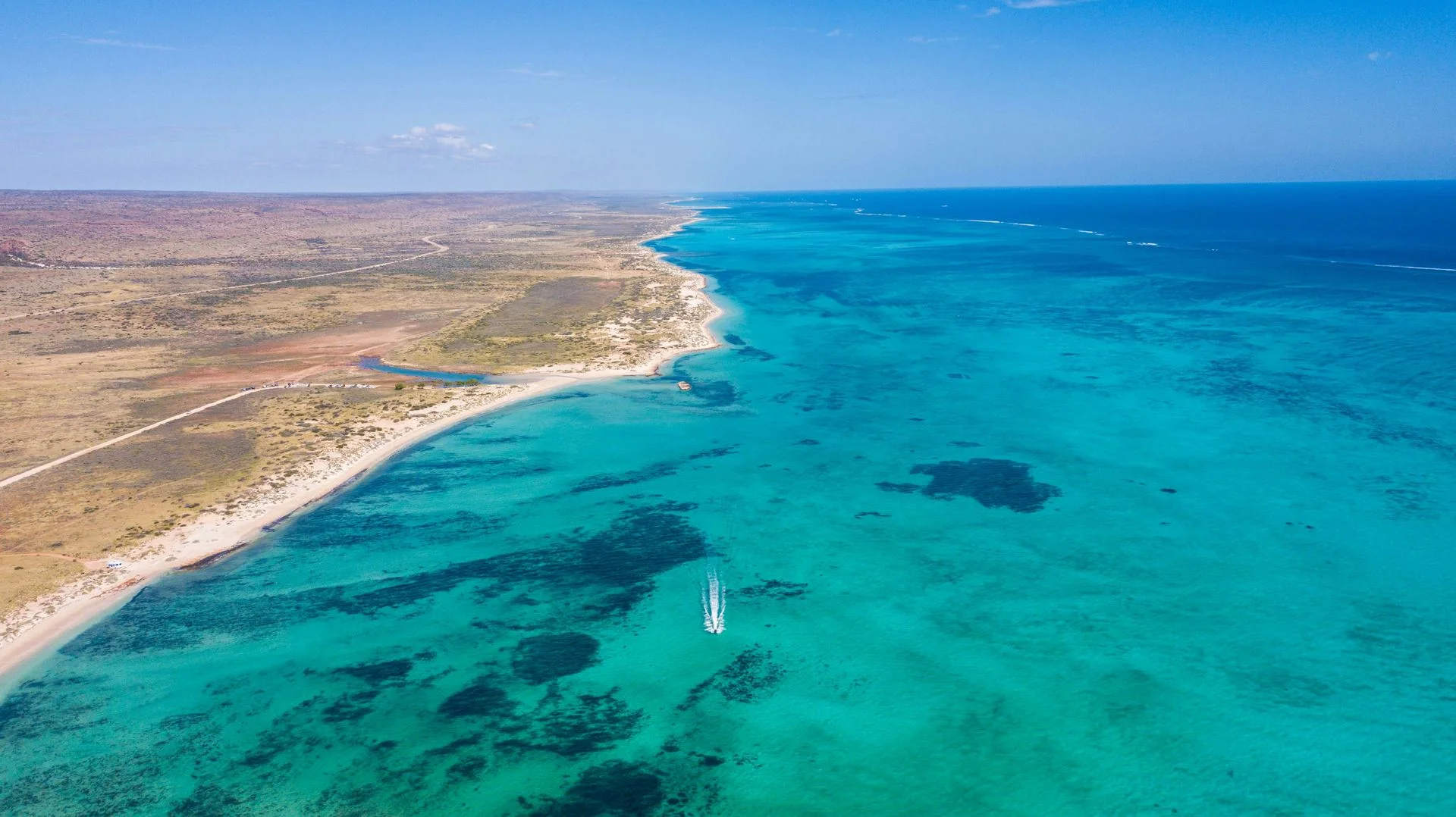
Ningaloo Reef
Stretching for over 300 km along Western Australia’s remote mid‑north coast, Ningaloo Reef is one of the world’s longest fringing reefs and a UNESCO World Heritage site. Unlike the barrier reefs further east, Ningaloo sits just off the beach—often no more than a few fin kicks from the shoreline—making its turquoise lagoons and outer drop‑offs incredibly accessible. The reef is famous for seasonal whale sharks (March–August) and migrating humpback whales (June–November), and its manta ray cleaning stations, dugongs, reef sharks, turtles and colourful coral gardens mean there’s always something to see. Dive operators based in Exmouth and Coral Bay offer day trips to sites like Central Station, The Canyon and the legendary Exmouth Navy Pier, as well as expeditions to the coral‑clad Murion Islands. With clear, warm water and gentle currents, Ningaloo is ideal for both snorkellers and divers seeking megafauna encounters without the crowds.
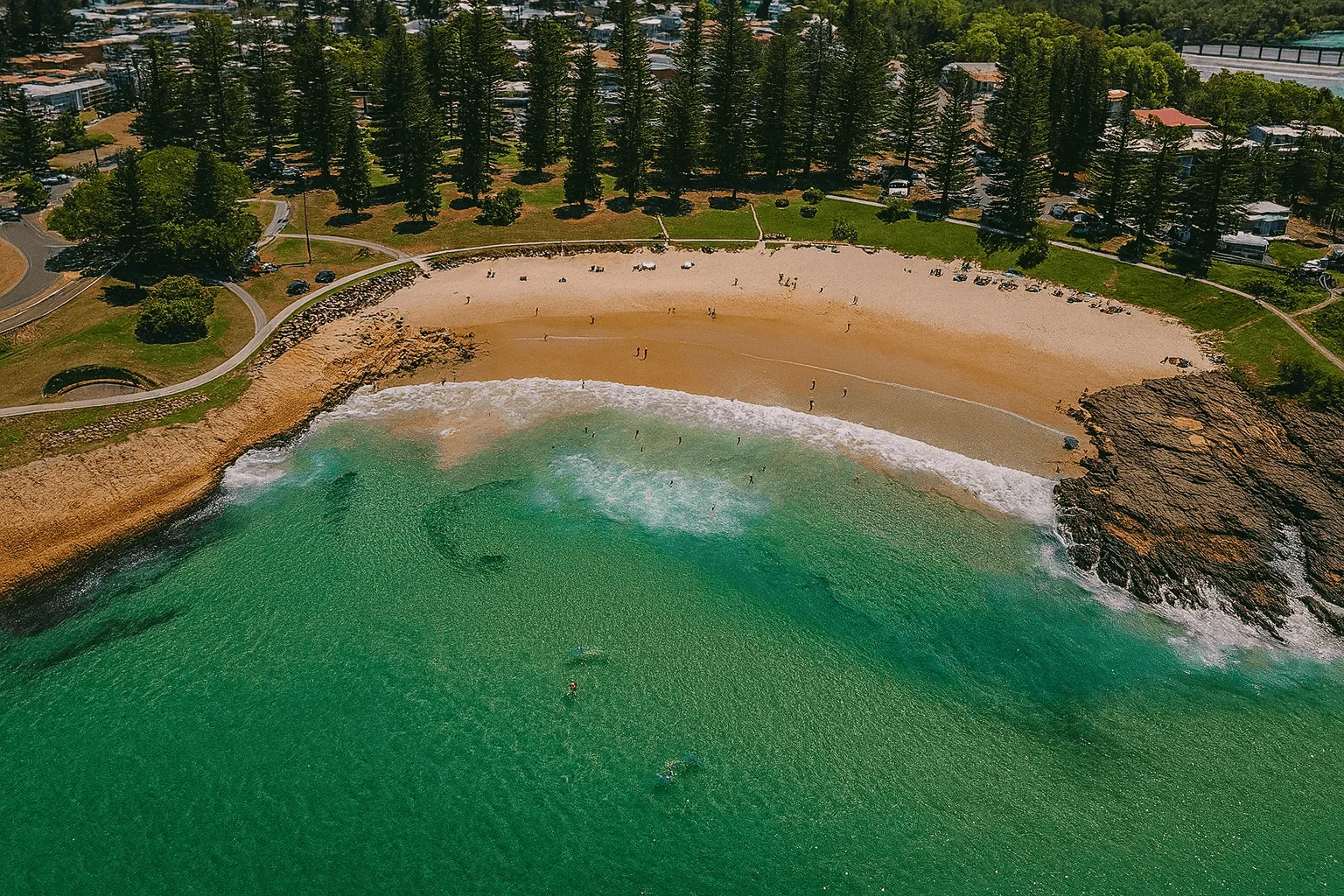
South West Rocks
South West Rocks is a sleepy coastal town on New South Wales’ mid‑north coast, roughly halfway between Sydney and Brisbane. Its claim to fame is Fish Rock Island, a 120‑metre-long ocean cave that tunnels right through the rock and attracts scores of grey nurse sharks, wobbegongs and schooling fish. The East Australian Current bathes the area in nutrient‑rich water, supporting an astonishing mix of temperate and tropical species and making South West Rocks one of Australia’s best shark dives. Beyond Fish Rock, drift over the reefy slopes of Green Island, dive the colourful “Aquarium”, or explore pinnacles like Fish Bommies where glassfish swirl over sponges. With a laid‑back country vibe and rugged coastline, South West Rocks combines exciting diving with hikes, beaches and heritage sites on shore.
United States
Thailand
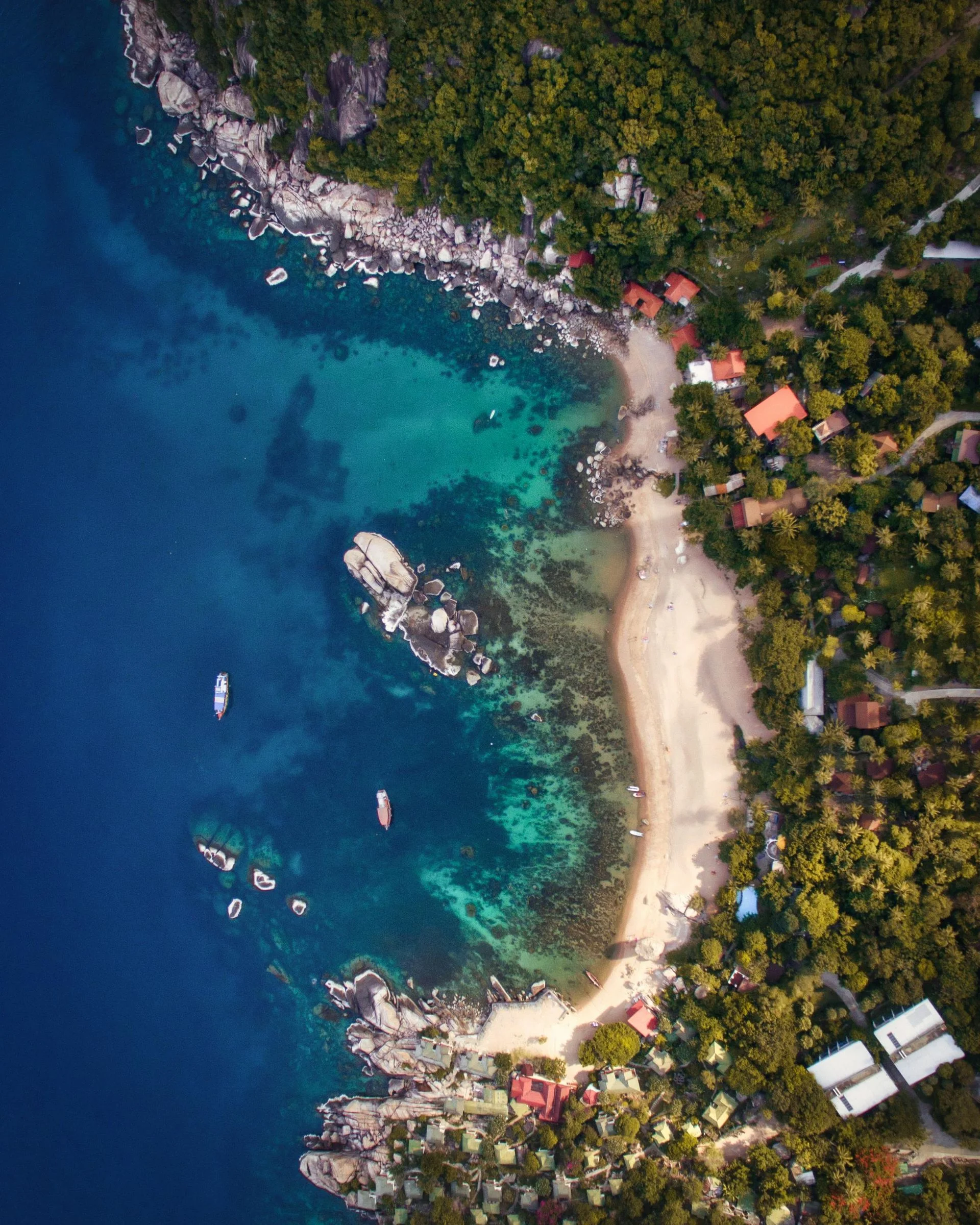
Koh Tao
Koh Tao — literally “Turtle Island” — is a compact jewel in the Gulf of Thailand that has become Asia’s mecca for learning to dive. Its sheltered bays and offshore pinnacles host a surprising variety of marine life: coral gardens alive with parrotfish and angelfish, rocky domes where barracuda and trevally swirl, and the occasional whale shark gliding in from the blue. Warm, clear water and a laid‑back island vibe make it ideal for beginners, but seasoned divers will still find thrills at deeper sites like Chumphon and Southwest Pinnacles.
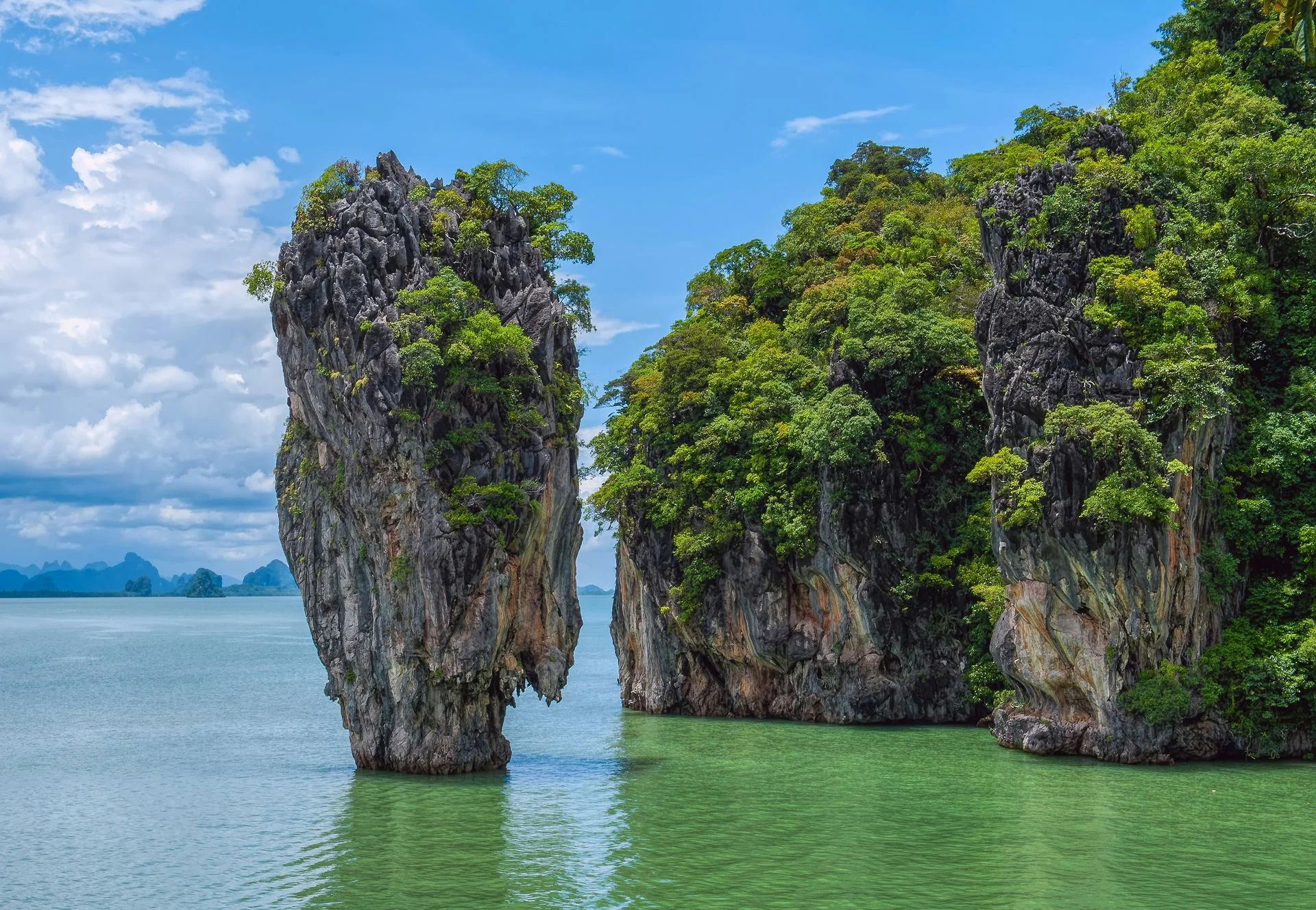
Phuket
Phuket is Thailand’s largest island and a gateway to the Andaman Sea’s best diving. While its beaches draw sun‑seekers, just offshore you’ll find coral slopes, granite pinnacles, dramatic walls and an intriguing shipwreck teeming with life. The nearby Racha islands offer year‑round clear water and easy dives, while to the east the King Cruiser ferry wreck, Shark Point, Anemone Reef and Koh Doc Mai deliver deeper currents, leopard sharks and superb soft corals. With a busy international airport and plenty of dive centres, Phuket is a convenient base for day trips and liveaboards further afield.
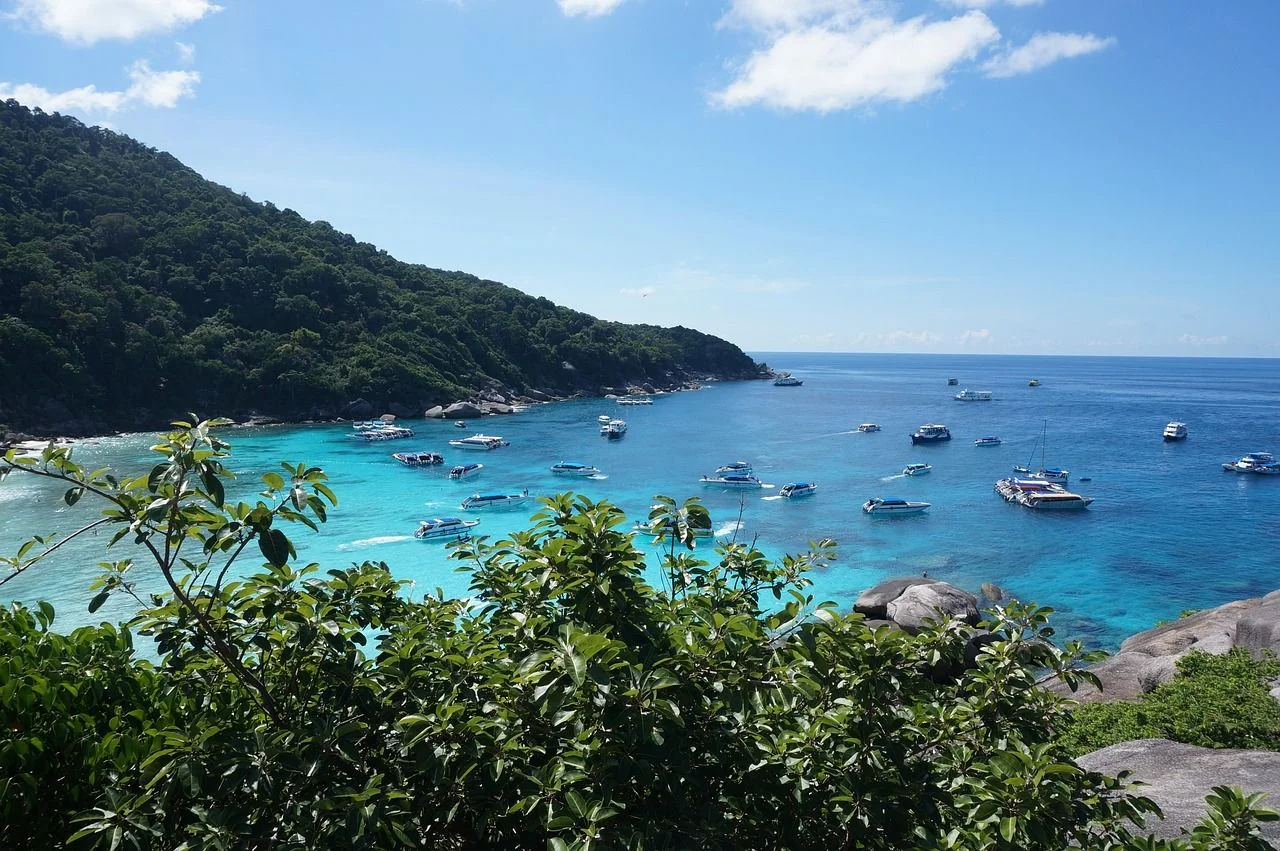
Similan
The Similan Islands are an archipelago of nine granite islands in the Andaman Sea off Thailand’s west coast, protected as part of Mu Ko Similan National Park. Underwater you’ll find dramatic boulder formations, swim‑throughs, coral gardens and drop‑offs teeming with life. Manta rays and whale sharks cruise by at sites like Richelieu Rock and Koh Tachai, while reef sharks, leopard sharks, turtles and swarming schools of fusiliers and trevally are common. The park is only open from mid‑October to mid‑May, when calm seas and clear water make for world‑class liveaboard trips or speedboat day tours.
Maldives
Japan
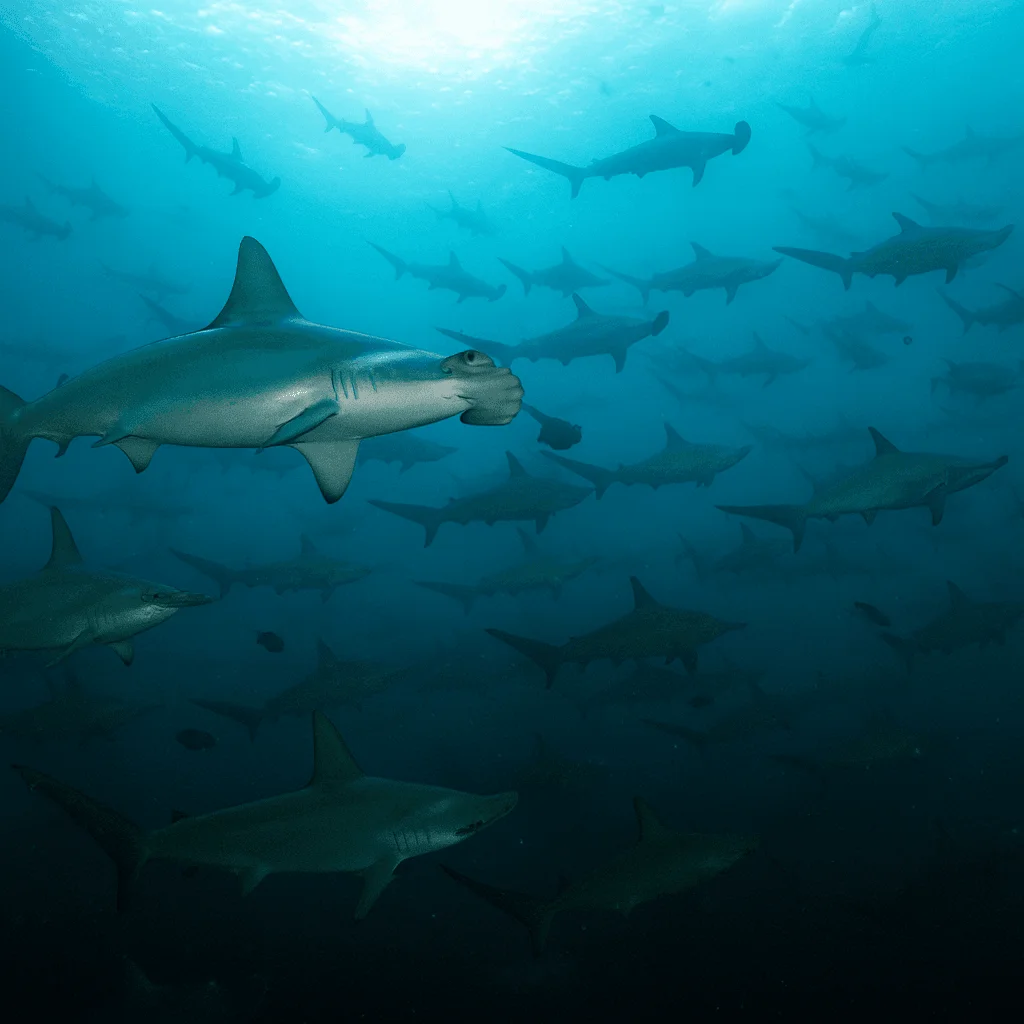
Mikomoto
Mikomoto Island is a small, uninhabited rock off the southern tip of the Izu Peninsula. Lying at the confluence of the Pacific and the Kuroshio Current, it offers Japan’s wildest drift diving. Experienced divers come here to fin alongside schools of scalloped hammerhead sharks that ride the currents above sheer walls. The island’s underwater topography includes plateaus, pinnacles and drop‑offs draped in soft corals and sponges. Add in sightings of sandbar and blacktip sharks, tuna, amberjacks, eagle rays and trevallies and you have one of Asia’s premier big‑animal dives. Because of the strong currents and depths of 25–30 m, Mikomoto is strictly for advanced divers comfortable with negative entries, quick descents and deploying surface marker buoys.
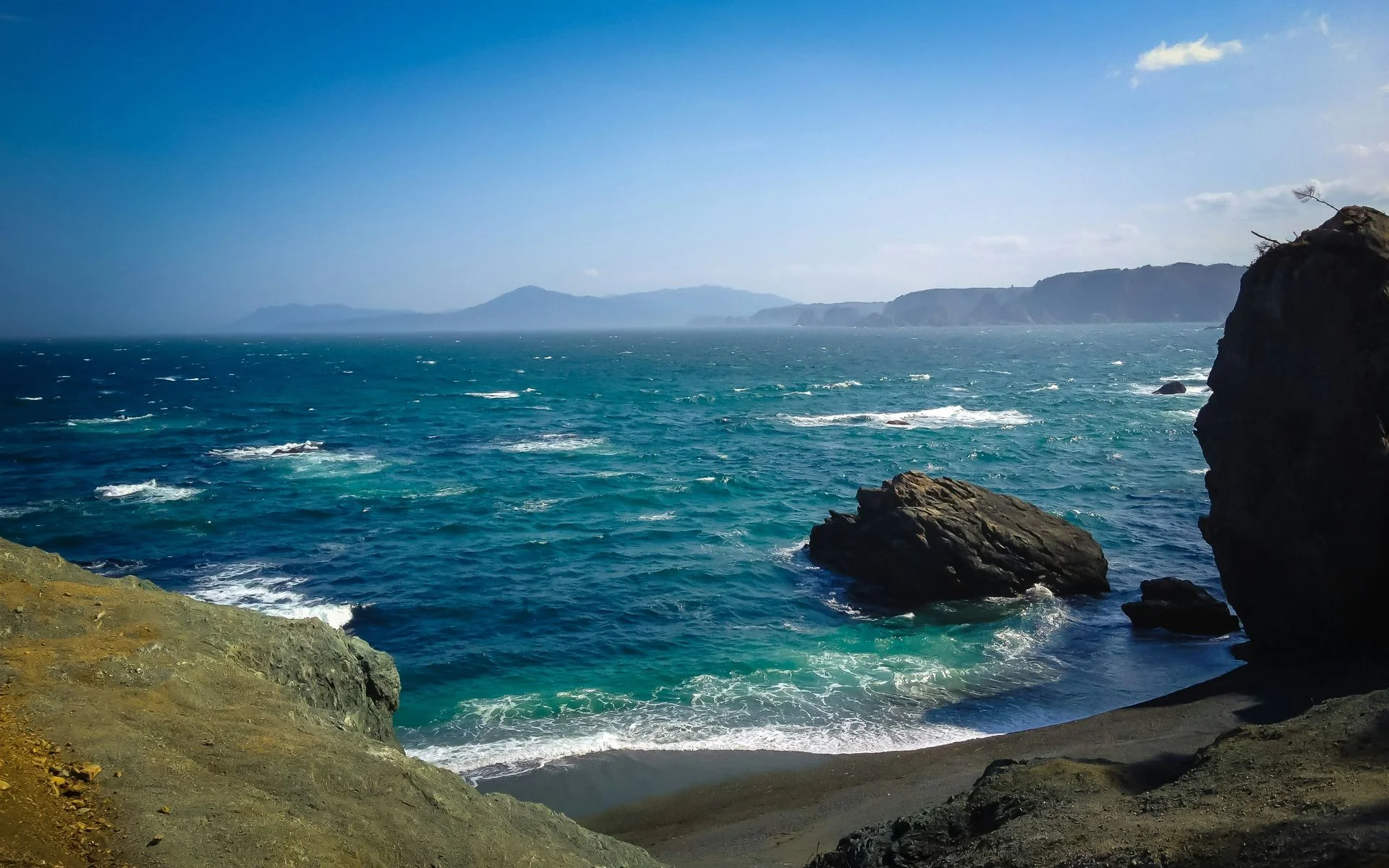
Miyako
Miyako Island sits almost halfway between Okinawa’s main island and Taiwan and is famed for its labyrinthine underwater topography. Most of its celebrated dive sites are around tiny Shimoji and Irabu islands just to the west. Here, volcanic limestone has eroded into cathedral‑like caverns, tunnels and blue holes that fill with shafts of sunlight. Iconic sites such as Devil’s Palace, Tori‑ike and Antonio Gaudi feel like underwater cathedrals where beams of light paint the stalactites and arches. Although big animals are rare, you’ll find sea turtles, schooling batfish, garden eels and colourful reef fish along the Yabiji reef to the north when conditions allow. Diving here requires good buoyancy control and torch technique, but the atmosphere is tranquil and the water is usually gin‑clear.
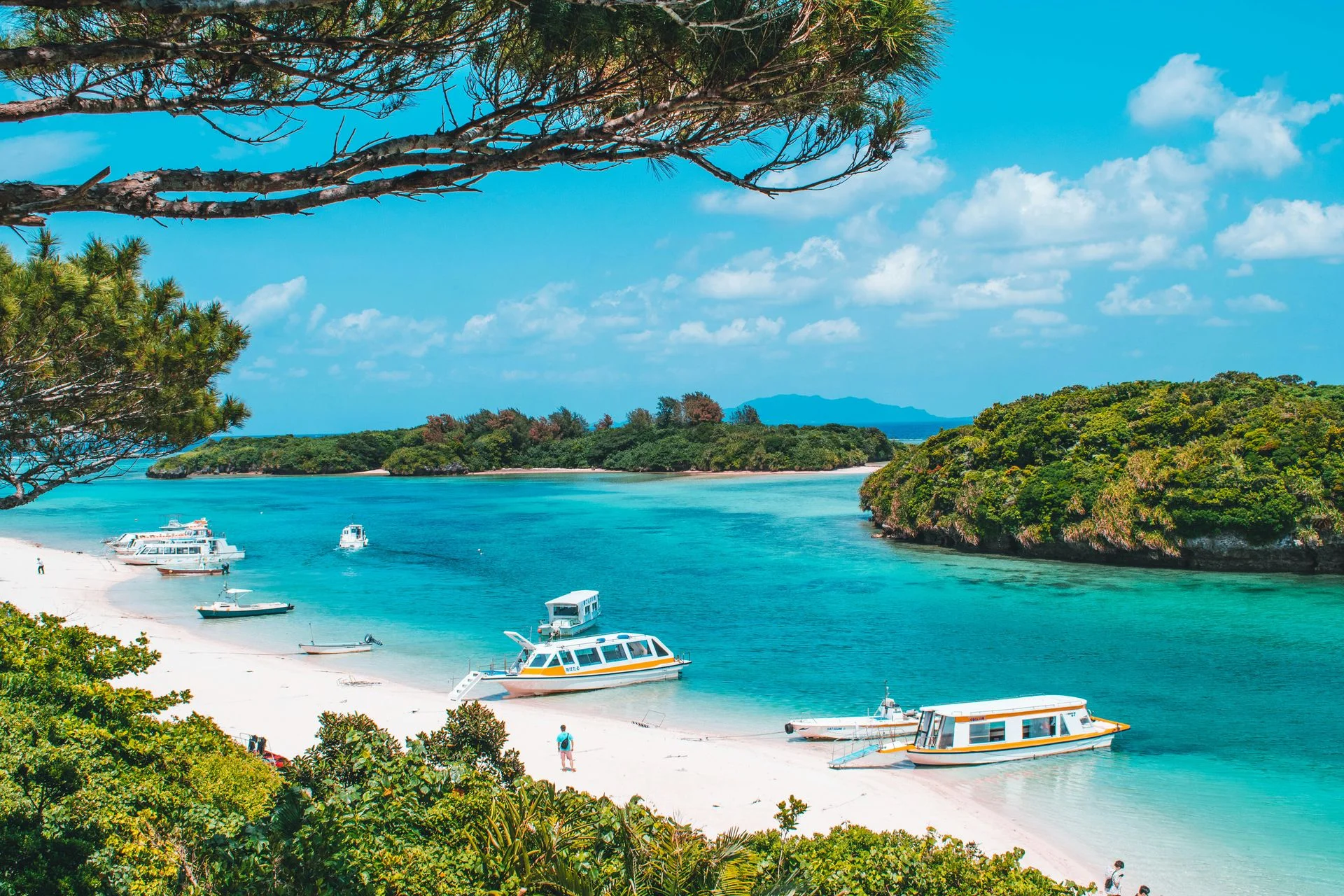
Okinawa
Straddling the subtropical Ryūkyū chain in Japan’s far south, Okinawa Prefecture is a mosaic of islands offering everything from shallow coral gardens to deep wrecks and wild drift dives. The main island provides easy access to the vibrant reefs of the Kerama National Park, where Tokashiki and Zamami Islands boast pristine hard corals, sea fans and more turtles than you can count. Just offshore, Cape Manza’s Dream Hole drops through a chimney into a colourful cavern system teeming with soldierfish, angelfish and feather stars. Further north, history buffs can dive the 100‑metre USS Emmons, a WWII destroyer resting intact at 35–40 m. Closer to shore, Cape Maeda’s Blue Cave offers an easy swim‑through with magical blue light – but expect crowds. Away from the main island, Okinawa’s outer islands extend the experience: Ishigaki’s Manta Scramble (April–Nov) promises manta ray ballets, Yonaguni’s currents bring hammerhead sharks in winter, and Miyako’s caves and tunnels deliver topography diving at its finest. Whether you crave reef fish, big pelagics, swim‑throughs or macro critters, Okinawa’s warm, clear waters offer a Japanese diving adventure for every level of diver.
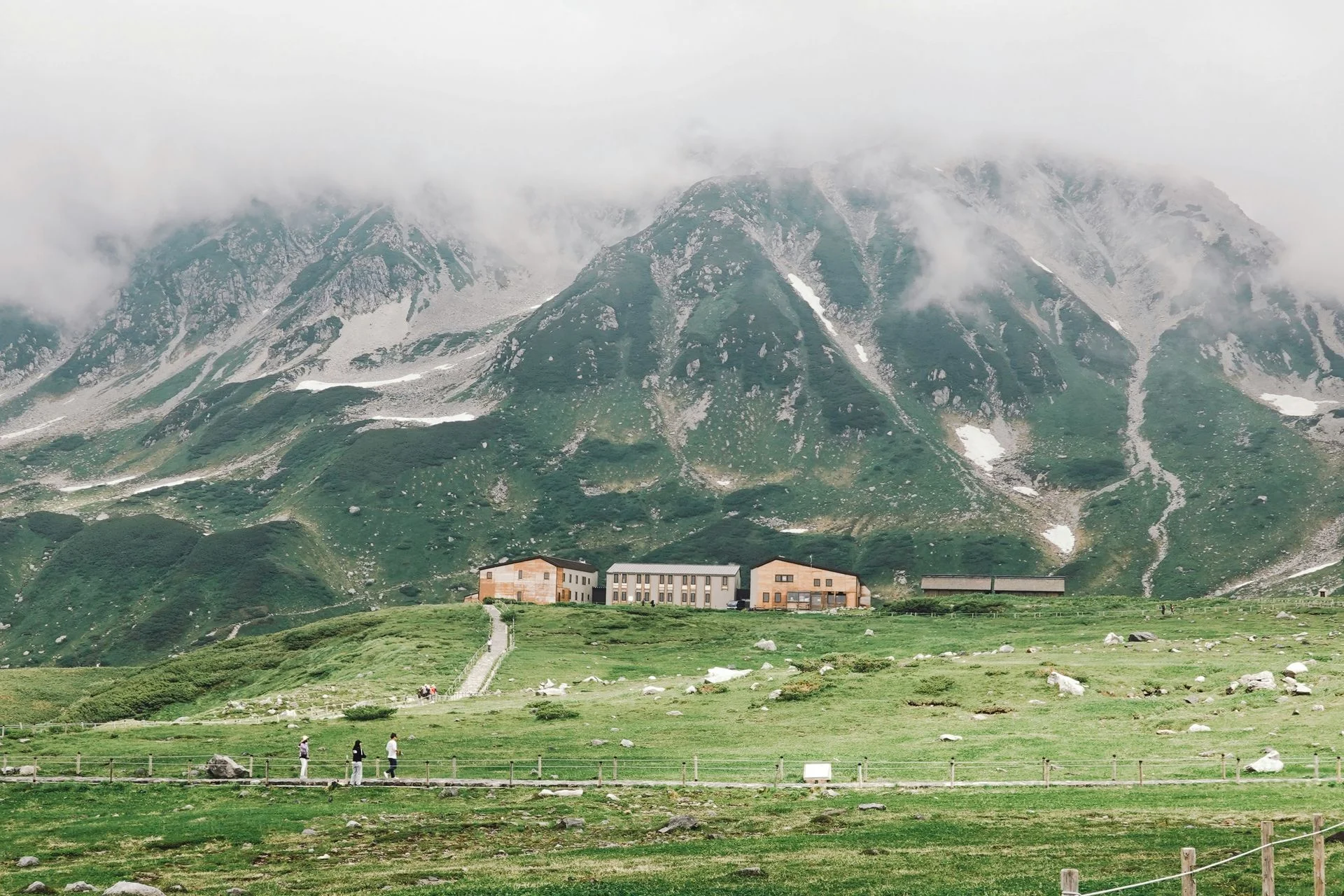
Tateyama
The small fishing town of Tateyama in Chiba Prefecture hides one of Japan’s most adrenaline‑pumping dives. Just a five‑minute boat ride from the harbour is the famous **Shark Scramble**, where hundreds of banded hound sharks, stingrays and groupers circle in slow motion around divers. Locals feed the sharks to keep them away from fishing nets, so they remain placid and approachable while creating an unforgettable shark tornado. The dive is relatively shallow but subject to strong currents and cold water, so advanced certification and a comfort with low visibility and big animals are essential. When the sharks disperse, colourful soft corals, anemone gardens and schools of reef fish cover the seabed. This unique dive makes Tateyama a must‑do day trip for adventurous divers visiting Tokyo.
Sri Lanka
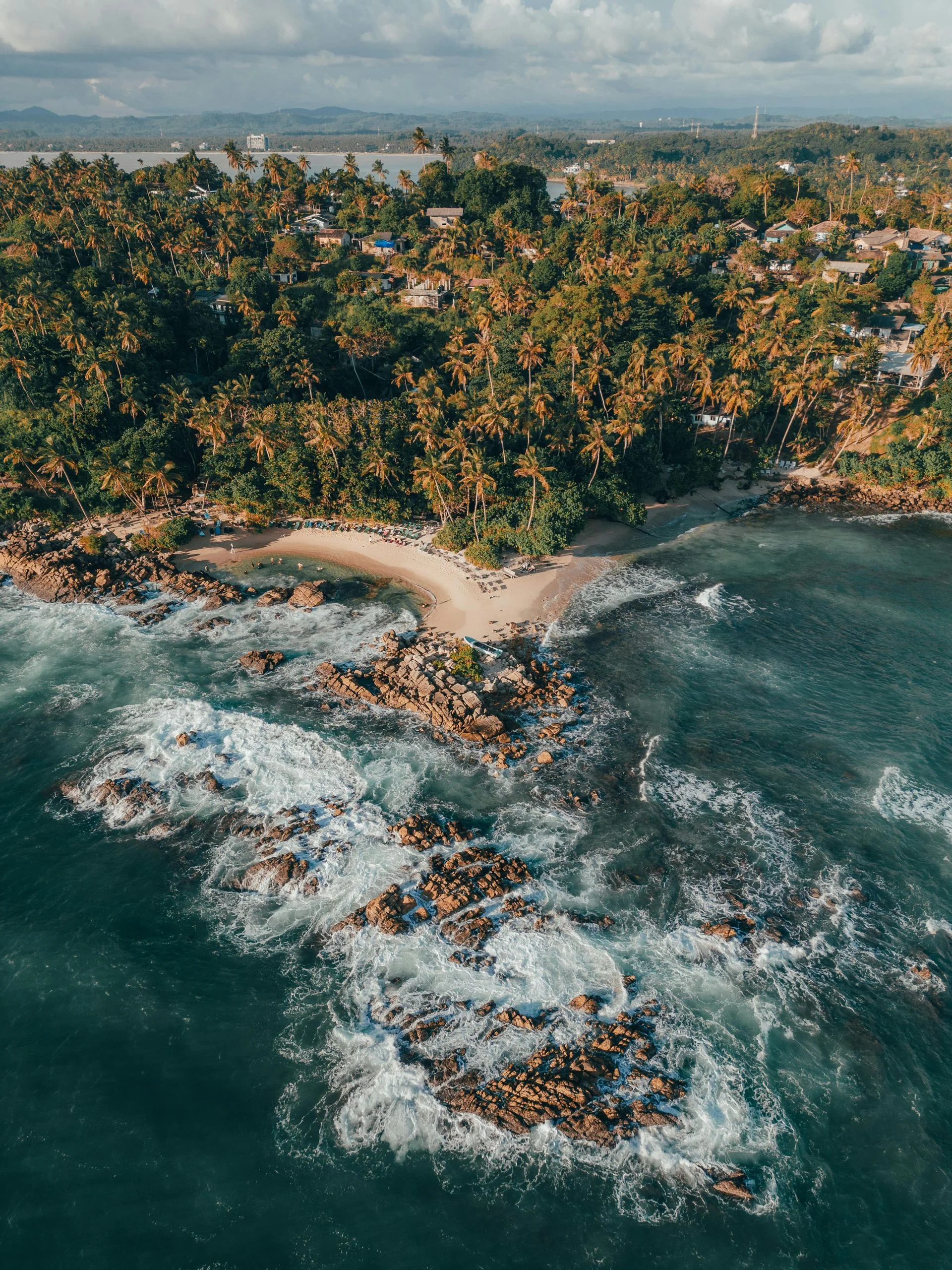
Mirissa
Mirissa is a mellow fishing town on Sri Lanka’s south coast that doubles as a great base for easy reef diving. Its sheltered bay leads to a string of near‑shore sites where coral bommies and sandy patches host hawksbill turtles, oriental sweetlips, triggerfish and schools of fusiliers. Macro critters such as nudibranchs, octopus and pipefish hide among the rocks, while seasonal plankton blooms occasionally attract whale sharks. Calm conditions and shallow depths make Mirissa perfect for beginners and casual divers looking for warm, colourful waters without the crowds.
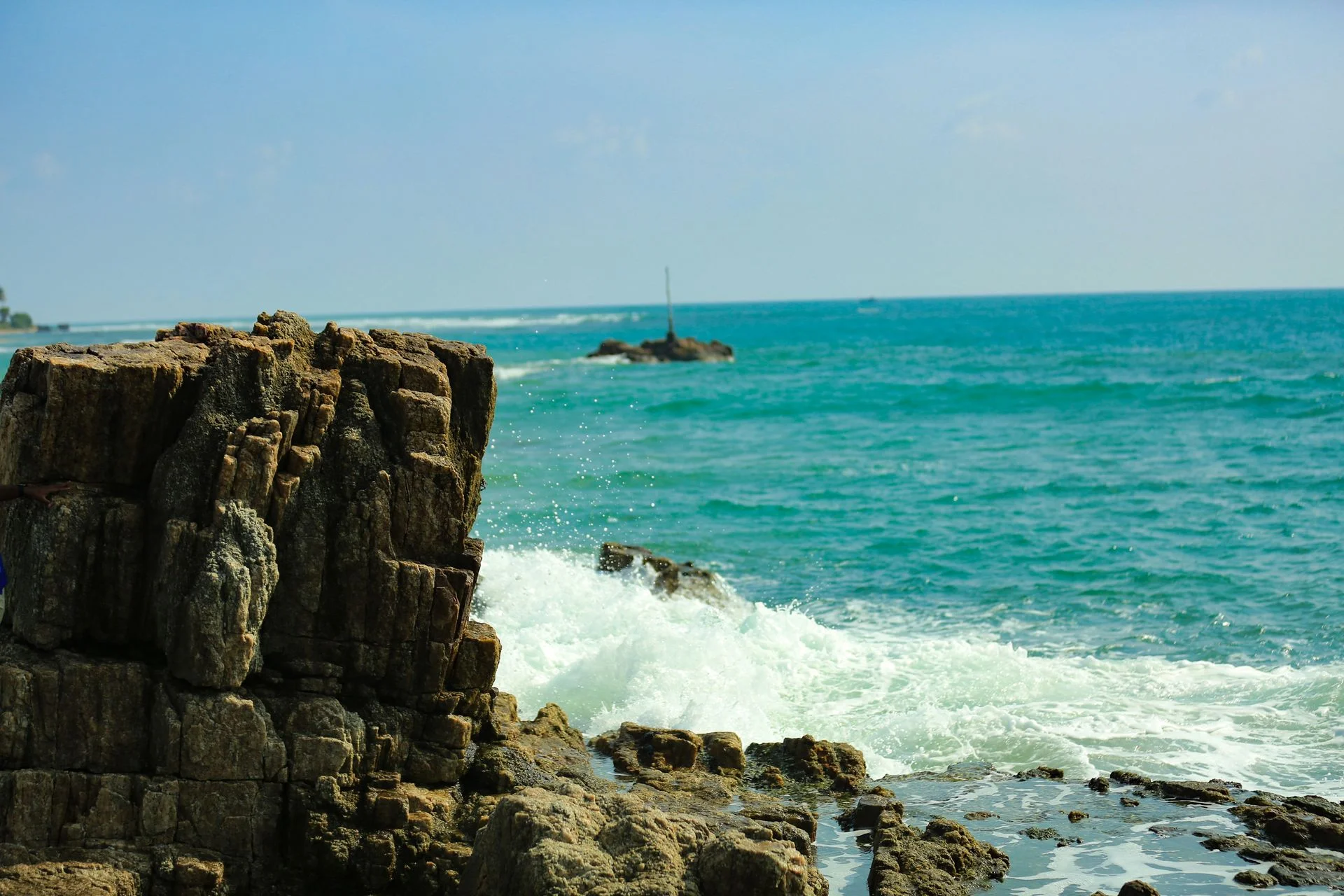
Trincomalee
Trincomalee sits on Sri Lanka’s eastern coast and is famous for its sheltered natural harbour and nearby coral reefs. The region offers a mix of shallow fringing reefs, dramatic drop‑offs and historic wrecks like the HMS Hermes, the world’s first purpose‑built aircraft carrier. Pigeon Island Marine Park protects vibrant coral gardens where blacktip reef sharks patrol and hawksbill turtles graze, while Swami Rock’s vertical wall teems with reef fish and soft corals. During the calm months the waters are crystal clear, and blue and sperm whales cruise just offshore, adding to Trincomalee’s appeal as an emerging dive destination.
Palau
Malaysia
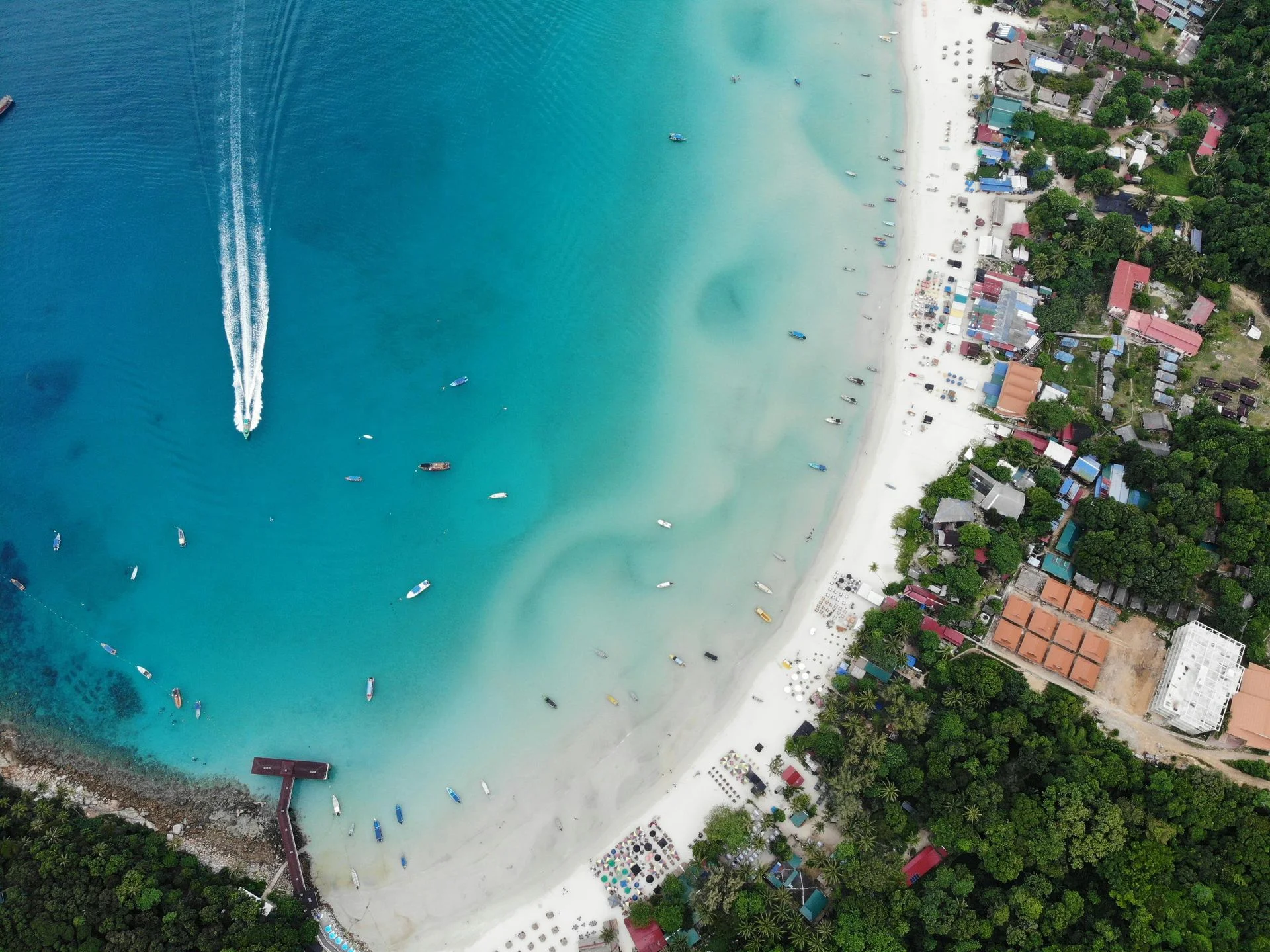
Perhentian Islands
The Perhentian Islands consist of two lush, jungle‑clad islands—Pulau Perhentian Besar (Big Island) and Pulau Perhentian Kecil (Small Island)—located about 20 kilometres off Malaysia’s north‑east coast. Known for their powder‑white beaches and turquoise water, they offer relaxed, beginner‑friendly diving on shallow reefs, pinnacles and wrecks. Visibility is respectable, water is bathtub‑warm and currents are generally mild, making the archipelago a perfect spot to learn to dive or simply enjoy colourful coral gardens teeming with reef fish. Sea turtles nest on the beaches, blacktip reef sharks patrol the edges and a handful of wrecks provide a refuge for schooling fish and critters.
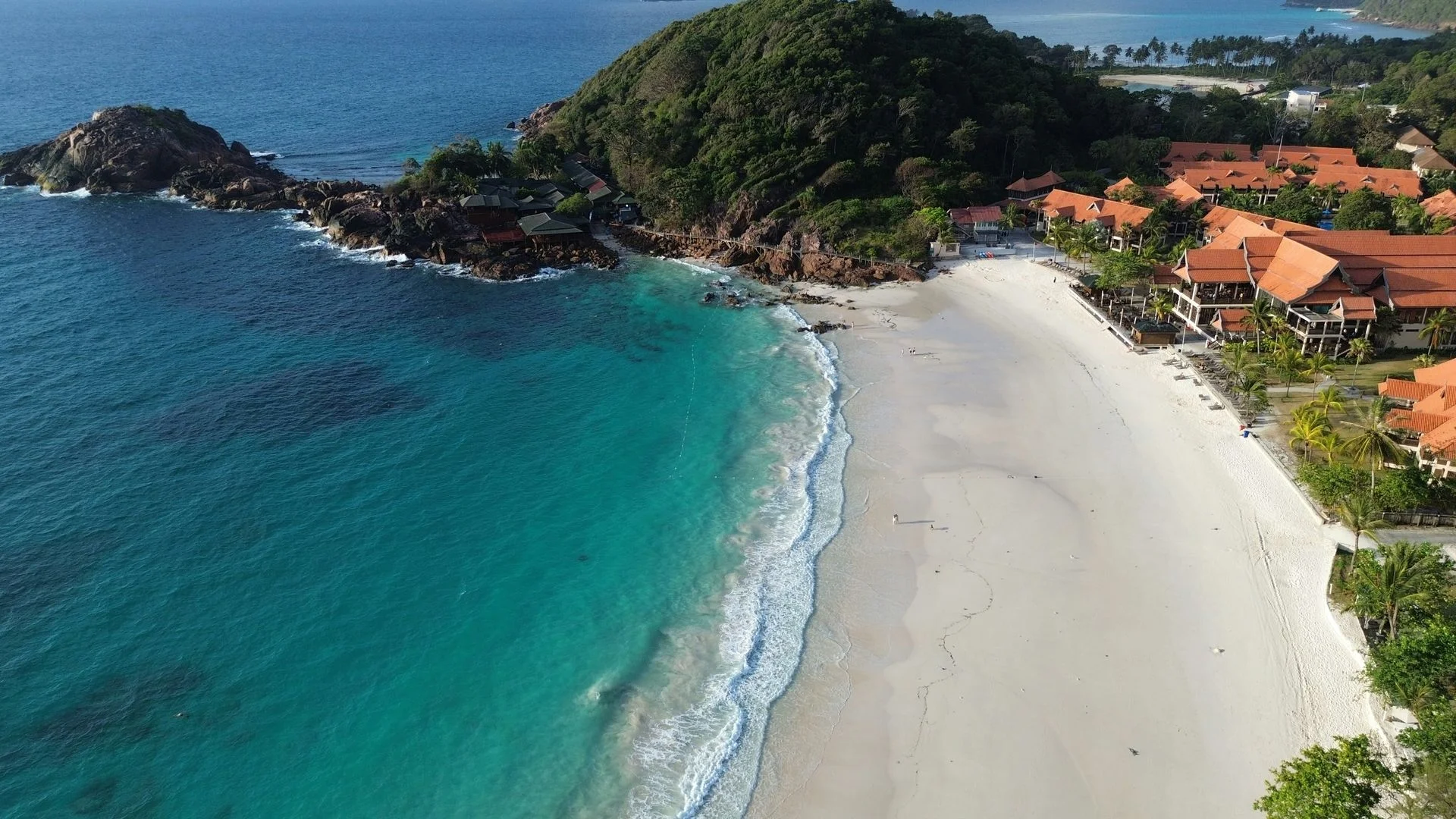
Redang
Pulau Redang is the largest island in Terengganu Marine Park and one of Malaysia’s most beautiful beach destinations. Its powder‑white sand, crystal‑clear lagoons and gently sloping reefs make it a favourite for snorkellers and divers alike. The island is ringed by more than twenty dive sites, from shallow coral gardens and turtle cleaning stations to submerged pinnacles and small wrecks. The reefs are healthy and full of life: schooling snappers and fusiliers flash over hard coral plateaus, while reef sharks, bumphead parrotfish and Napoleon wrasse patrol the edges. Redang’s relaxed atmosphere and warm, calm water make it a great place for beginners, yet experienced divers will enjoy exploring deeper seamounts and searching for macro critters among the coral heads.
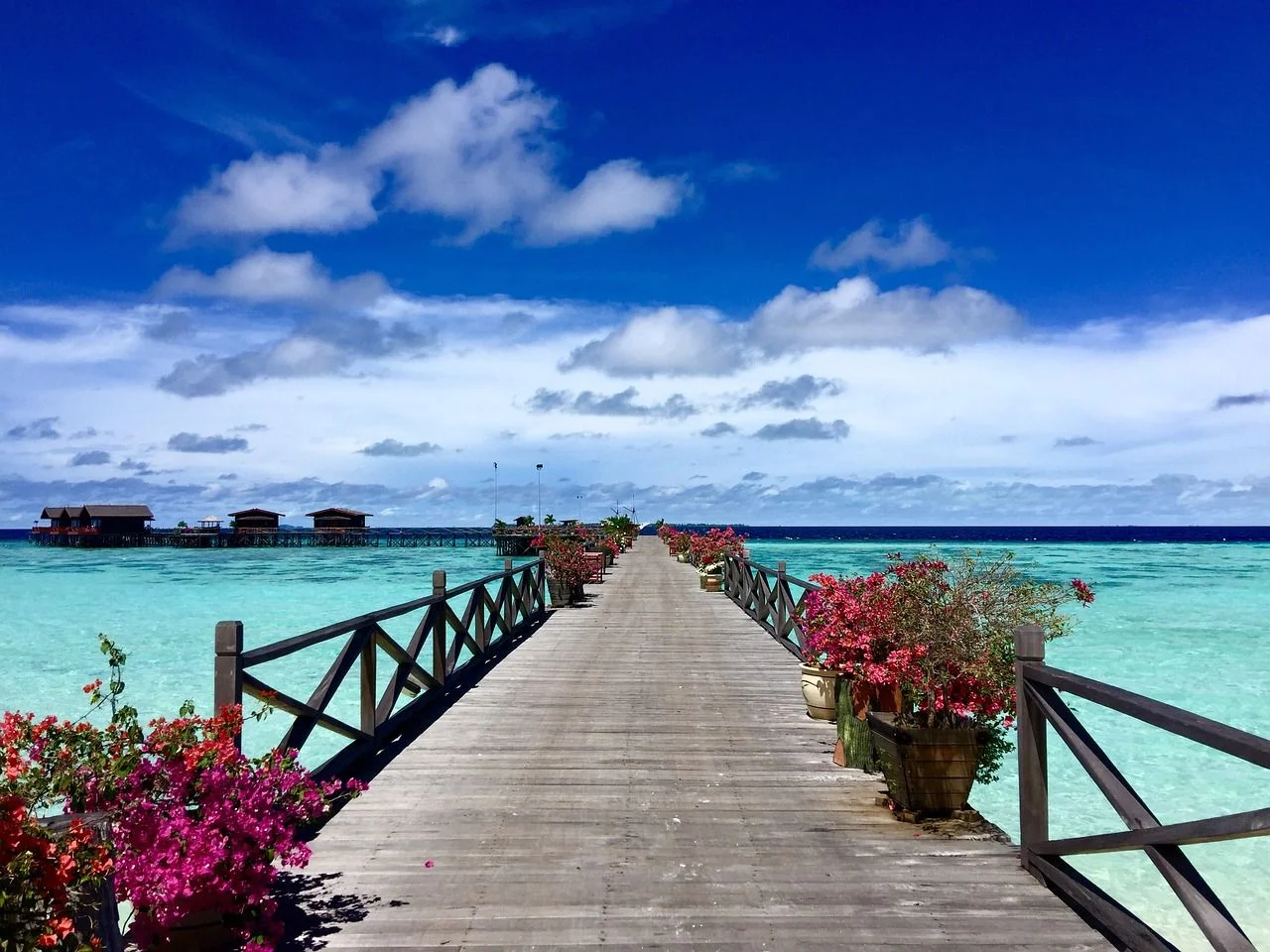
Sipadan & Semporna
Sipadan Island off the coast of Sabah is Malaysia’s crown jewel of diving – a steep limestone pinnacle rising more than 600 metres from the sea floor and teeming with pelagic life. Currents sweep past vertical walls encrusted in hard and soft corals, bringing in barracudas, jacks, reef sharks and bumphead parrotfish in breathtaking numbers. Nearby Mabul and Kapalai offer an entirely different experience on shallow sand‑slope reefs and artificial structures, where flamboyant cuttlefish, frogfish, mandarin fish and other macro critters hide among sponges and tyres. With limited daily permits, a visit to Sipadan is a privilege; most divers base themselves in the frontier town of Semporna or at water‑bungalow resorts on Mabul and Kapalai and make day trips into the park.
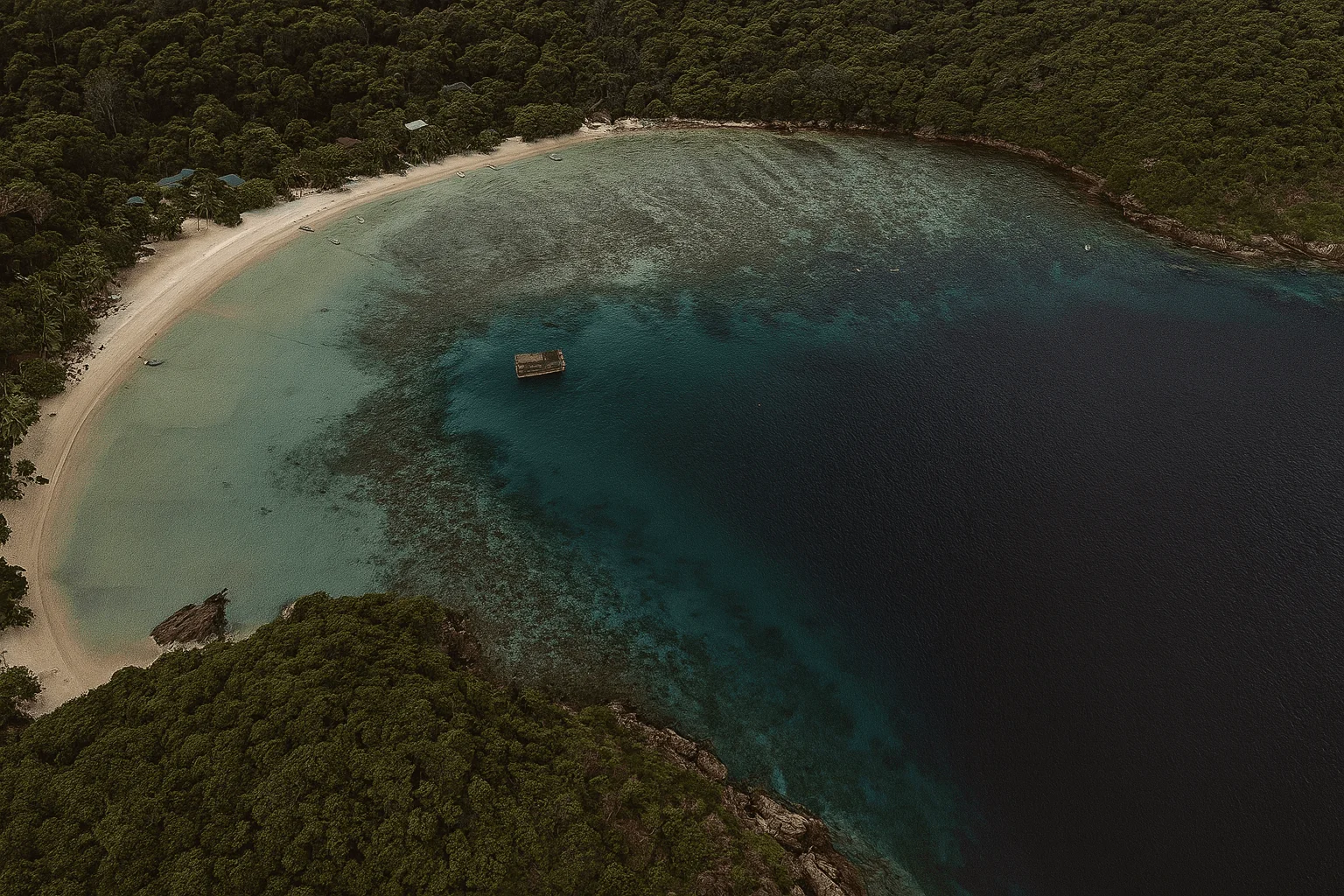
Tenggol
Pulau Tenggol is a small, rugged island off the east coast of Peninsular Malaysia in the South China Sea. Part of the Terengganu Marine Park, it offers uncrowded diving on steep coral‑covered slopes, rocky pinnacles and underwater boulders. Its remote location and limited accommodation give the reefs a pristine feel: forests of hard and soft corals harbour schools of jacks, trevallies and barracudas, while turtles, bumphead parrotfish and the occasional whale shark cruise past. Currents can be brisk, creating exhilarating drifts, and there are also calmer sites for photography and training. Although it sees far fewer visitors than nearby Perhentian or Redang, Tenggol rewards adventurous divers with dramatic seascapes and big‑fish encounters.
